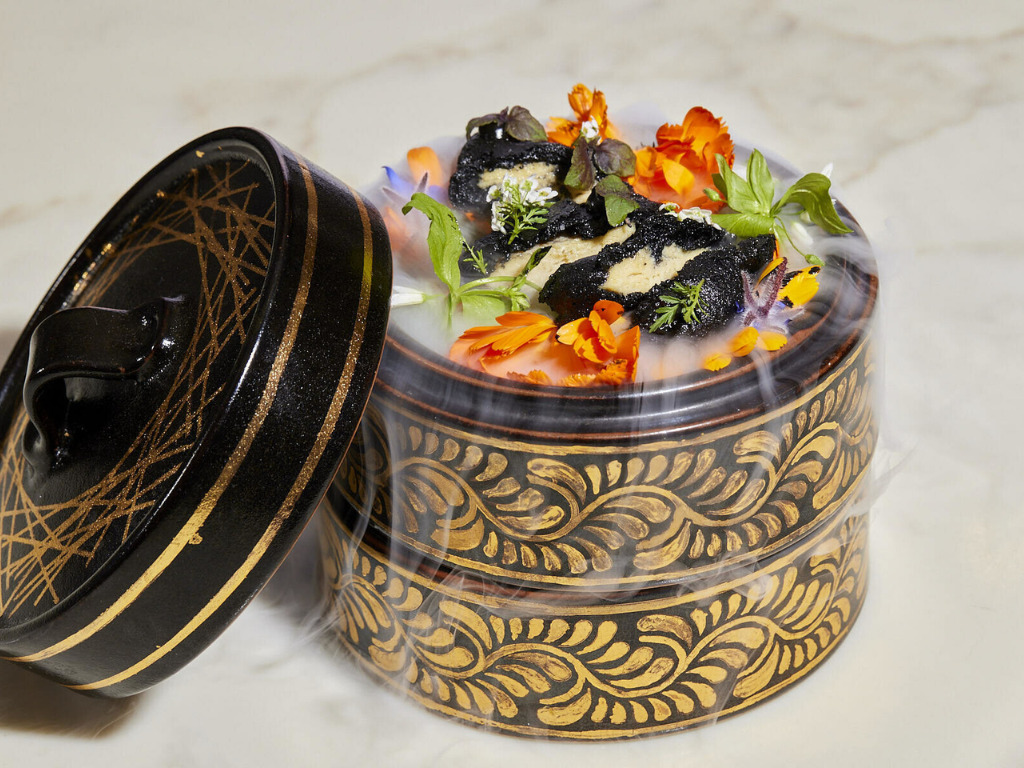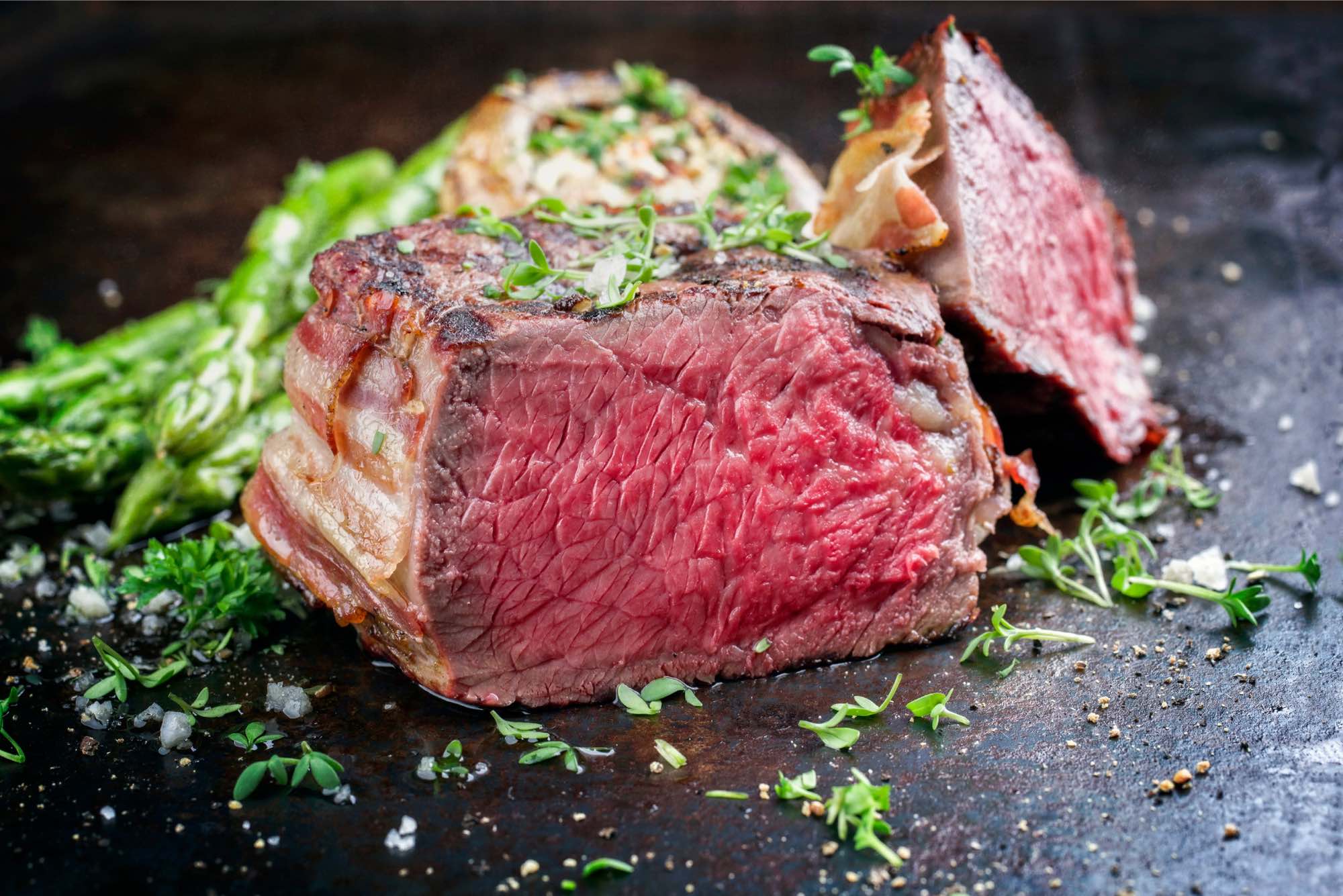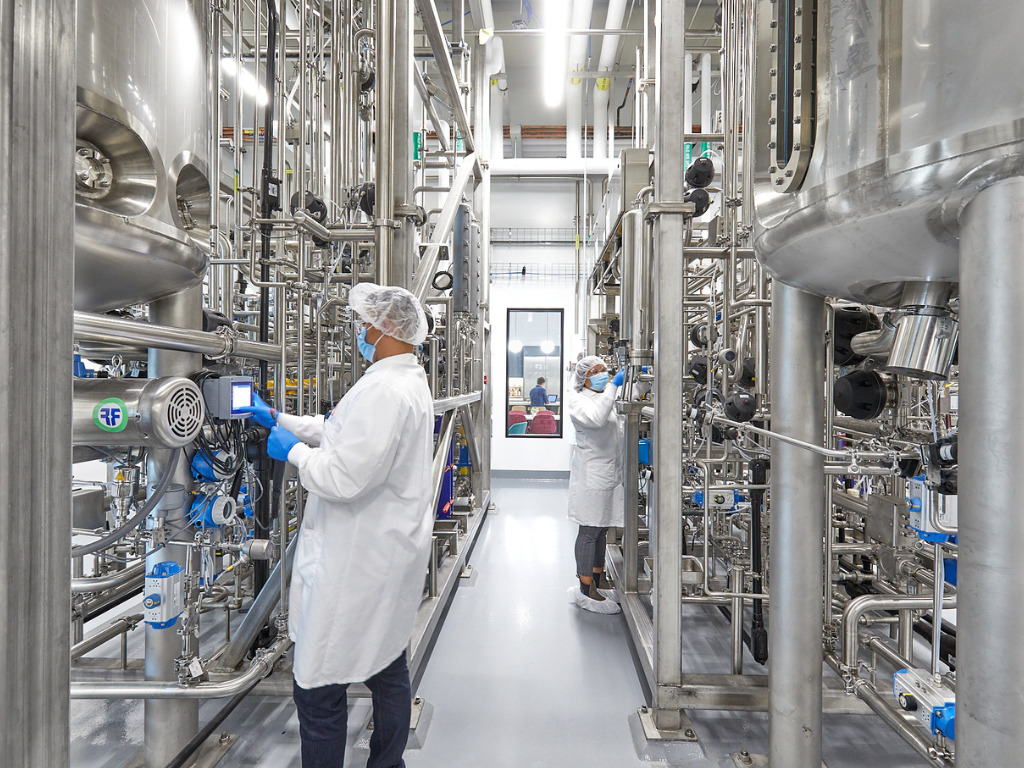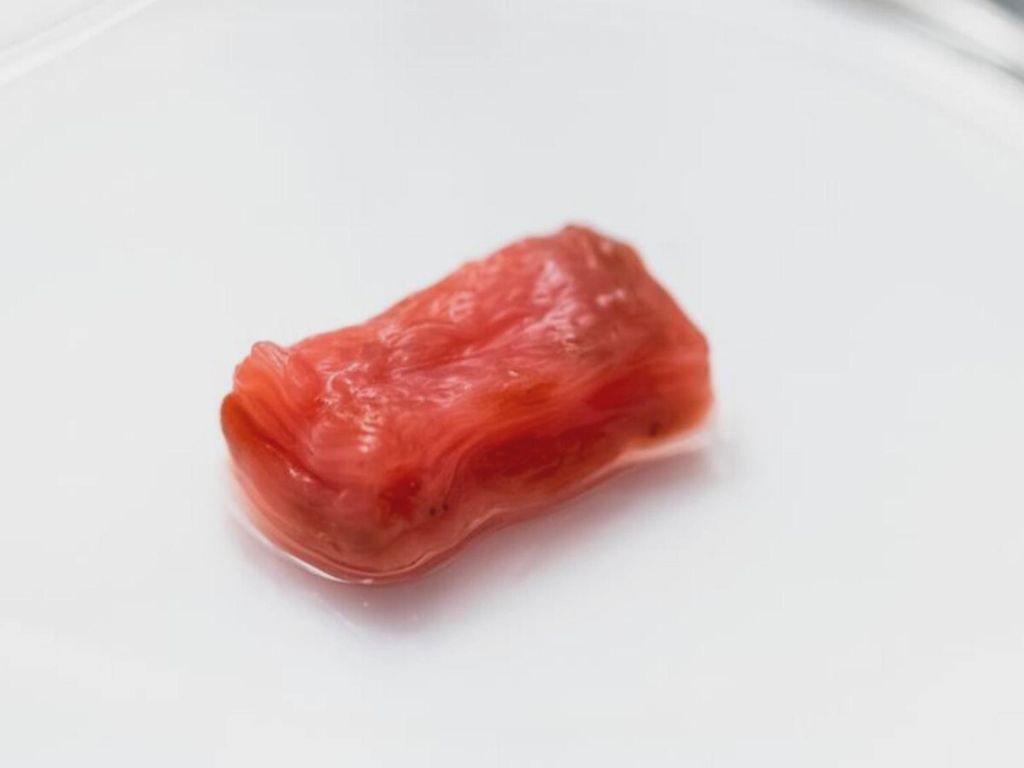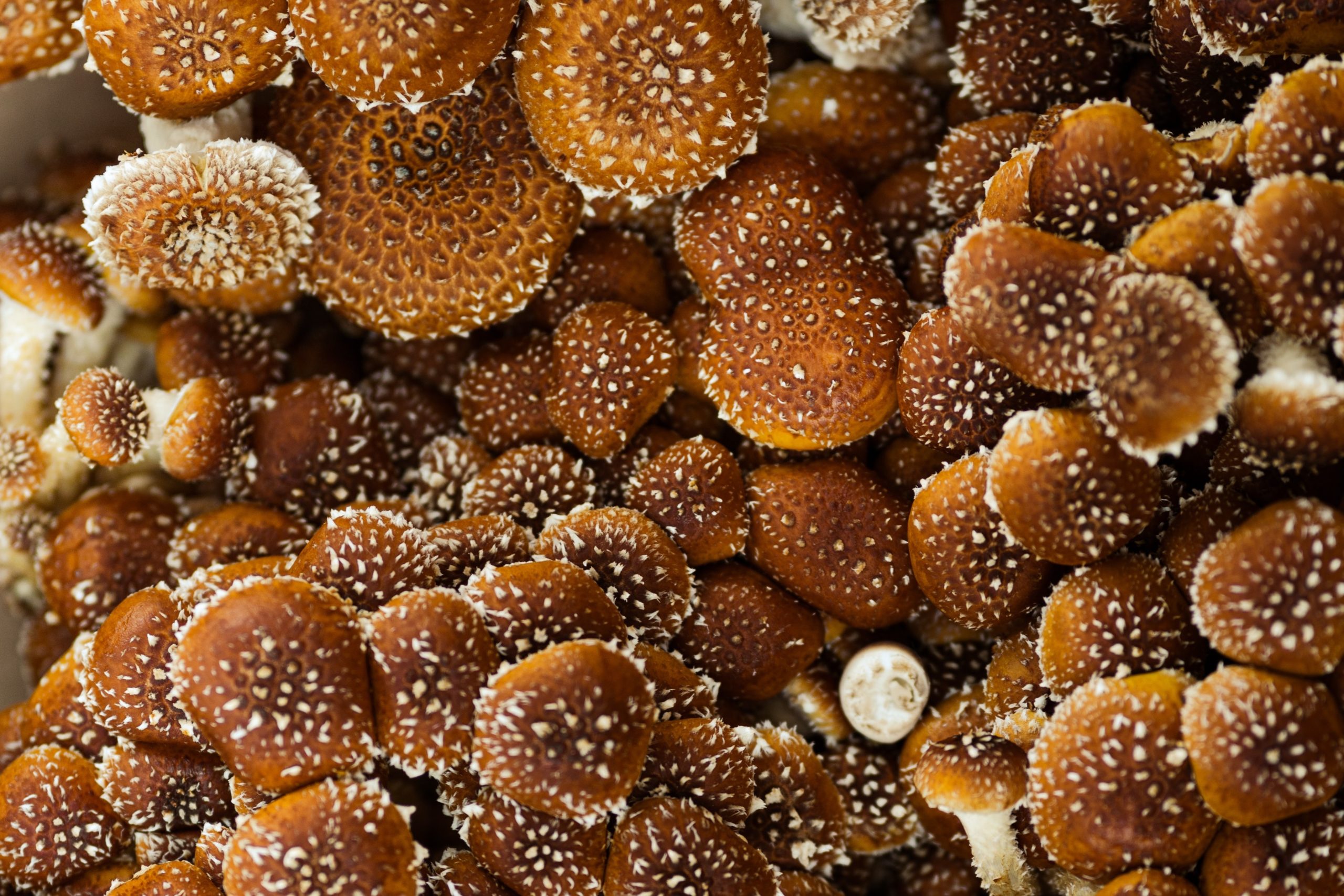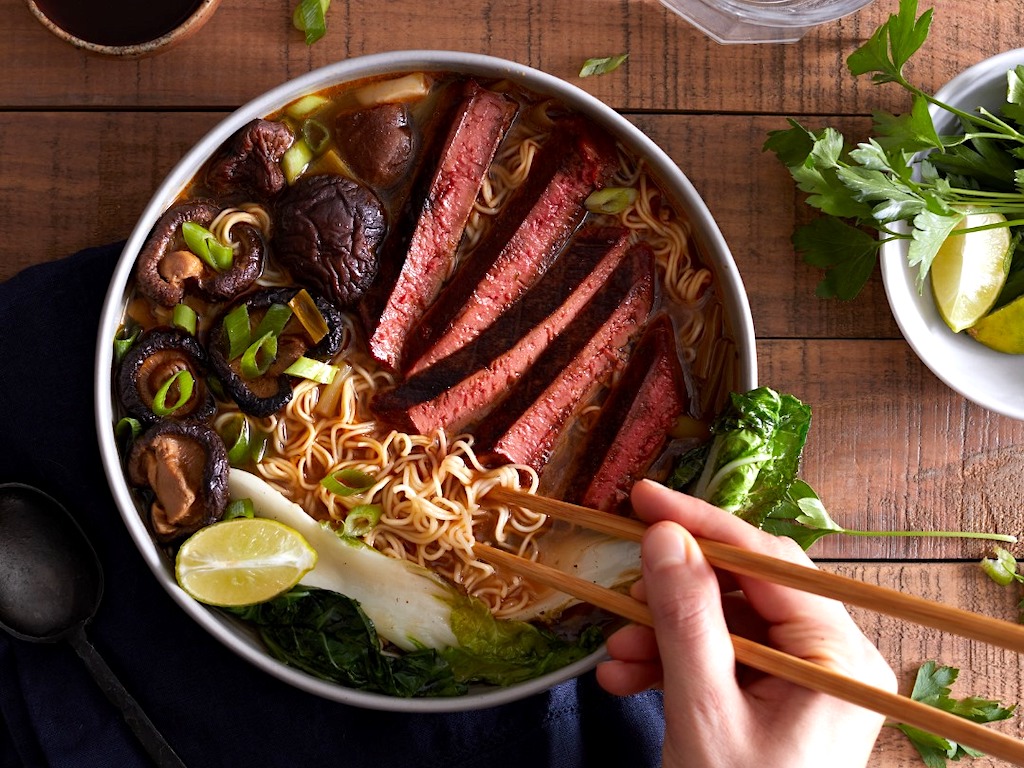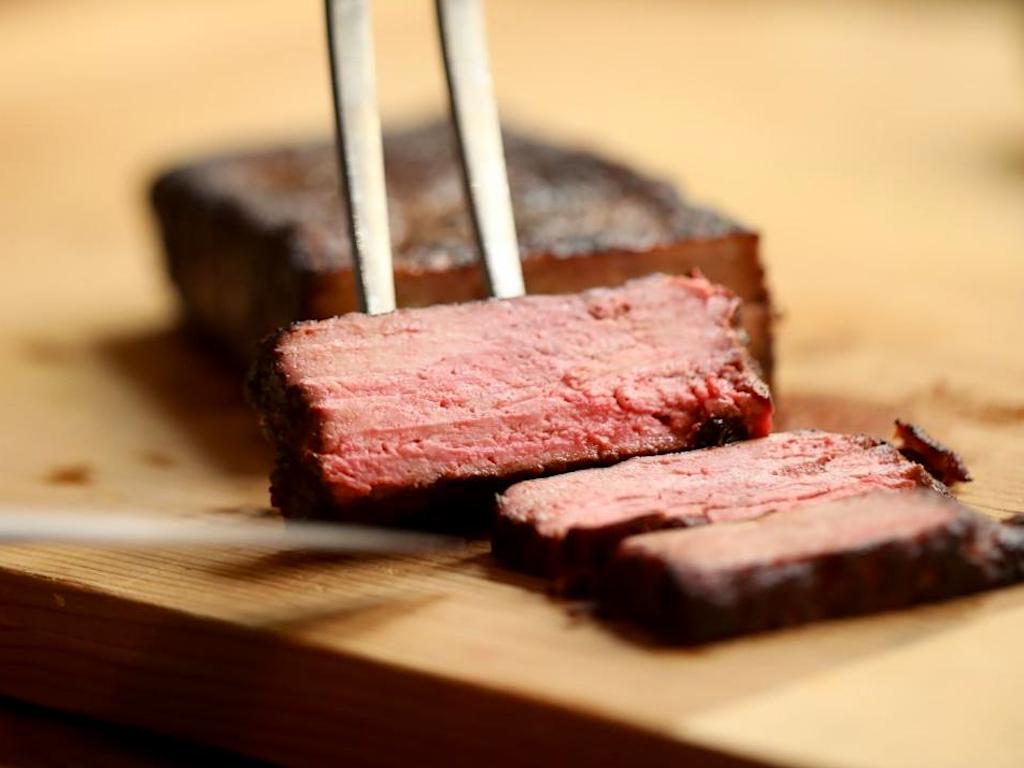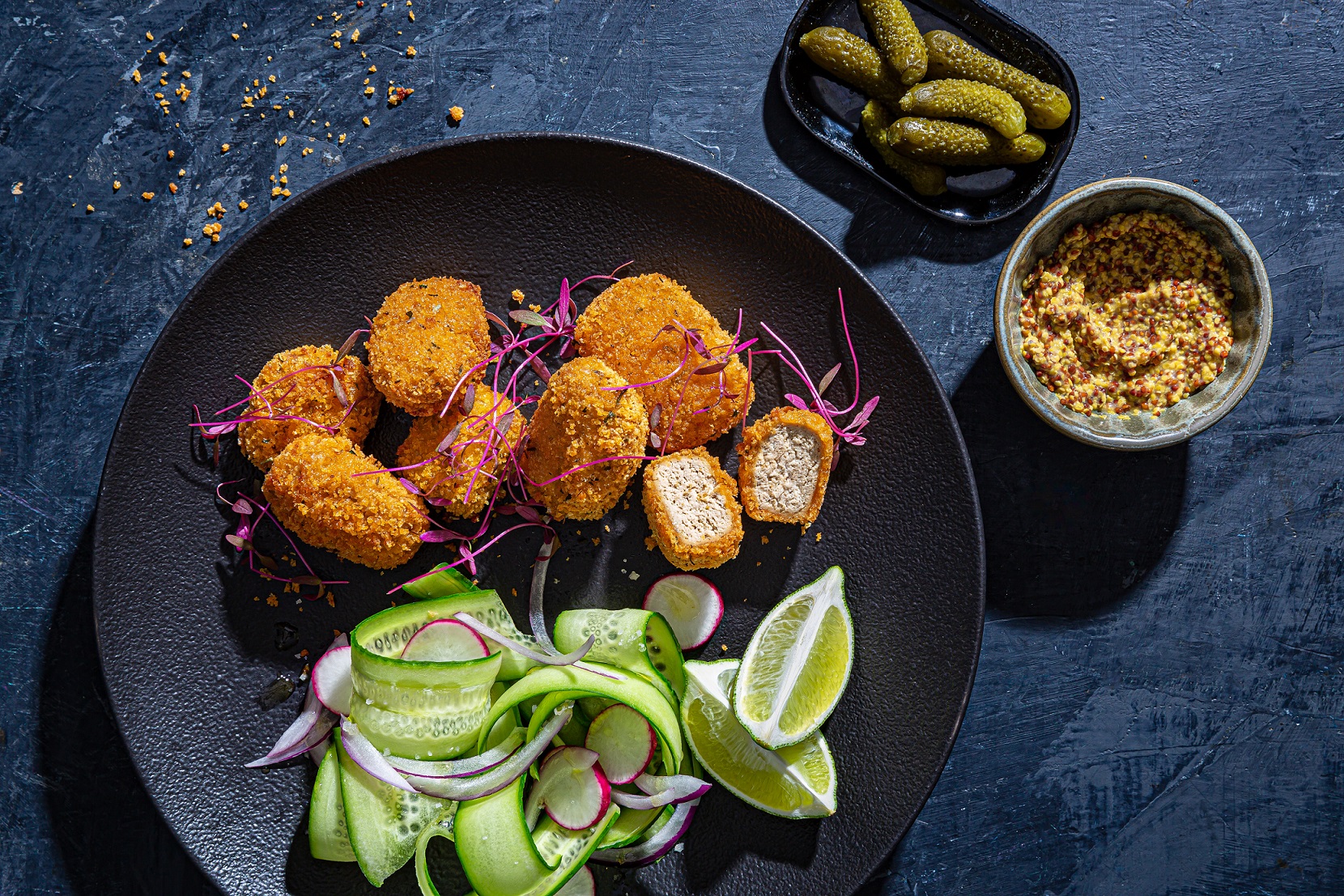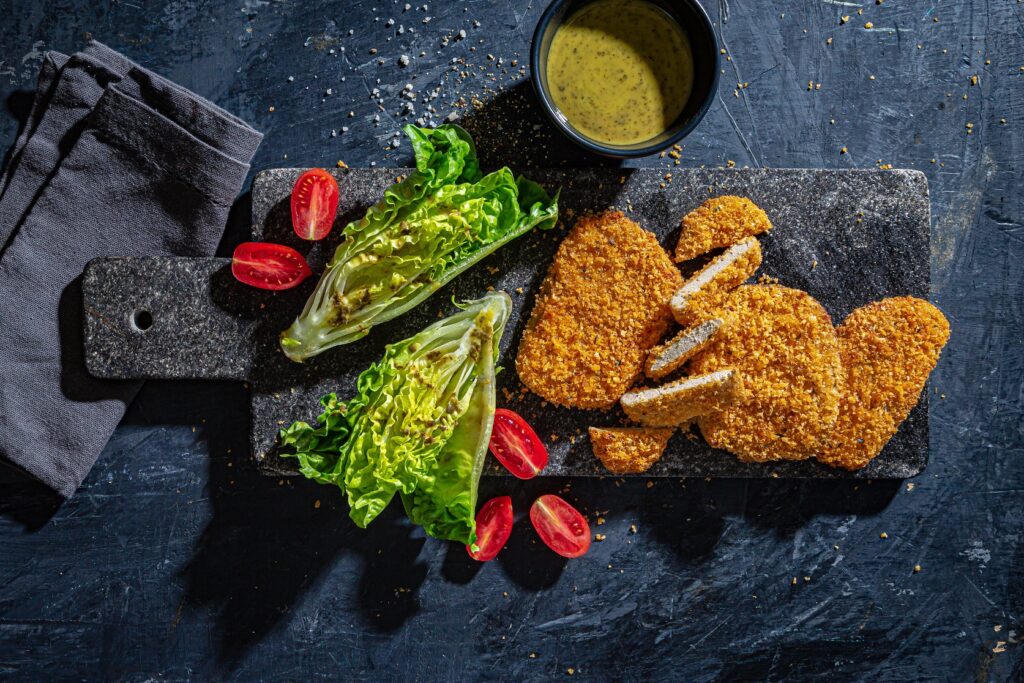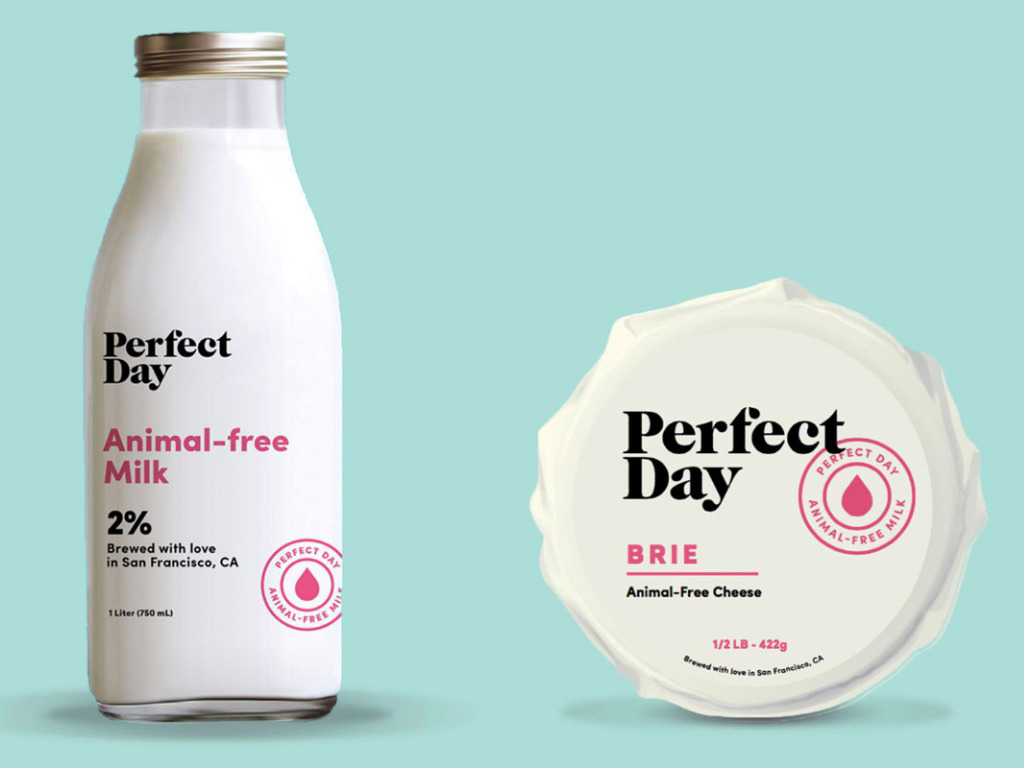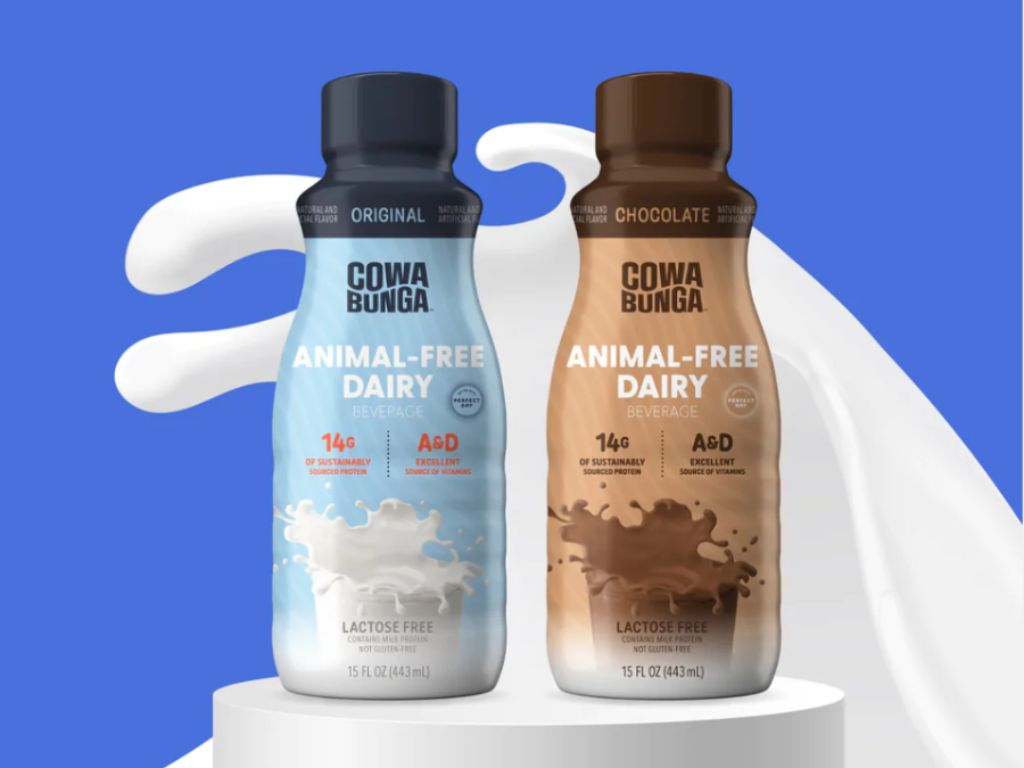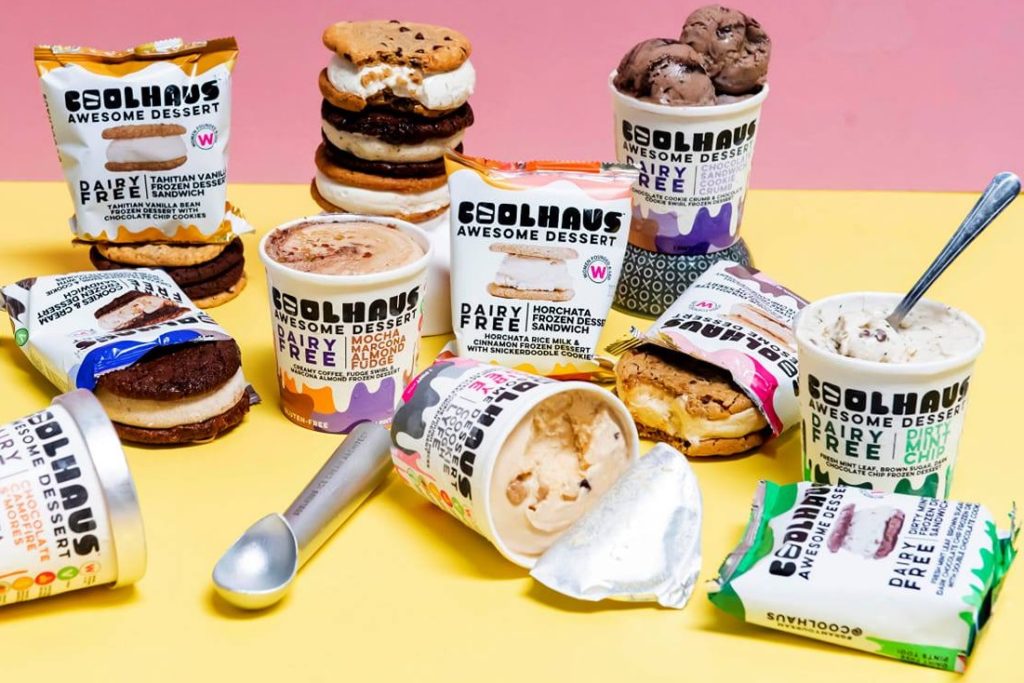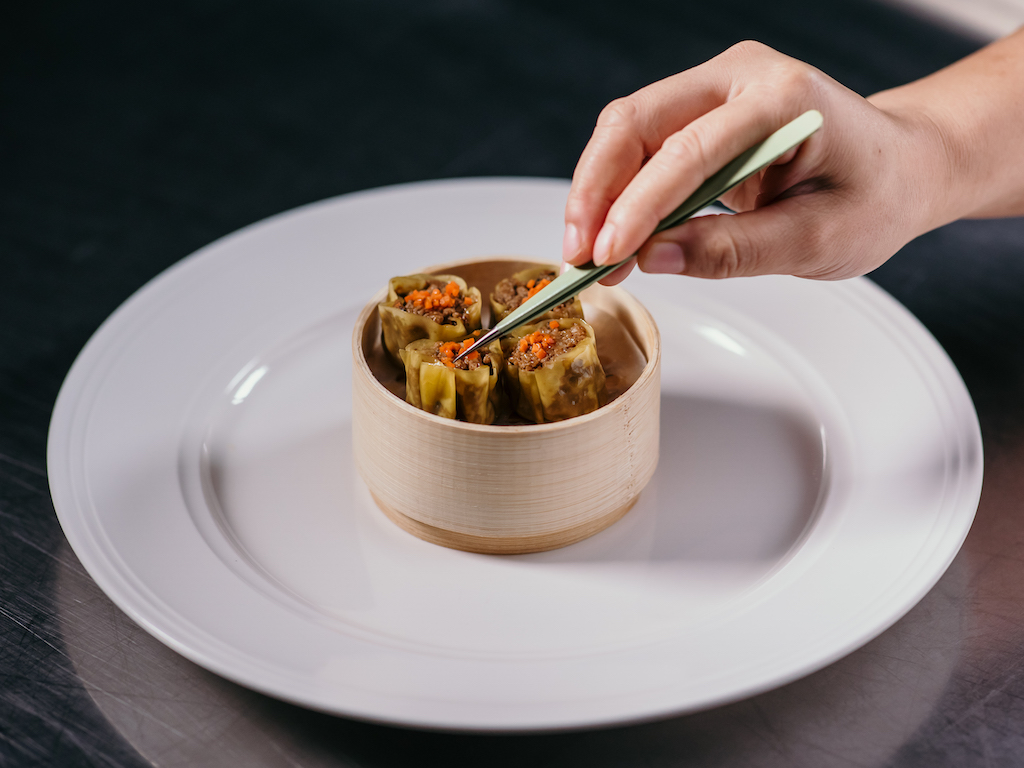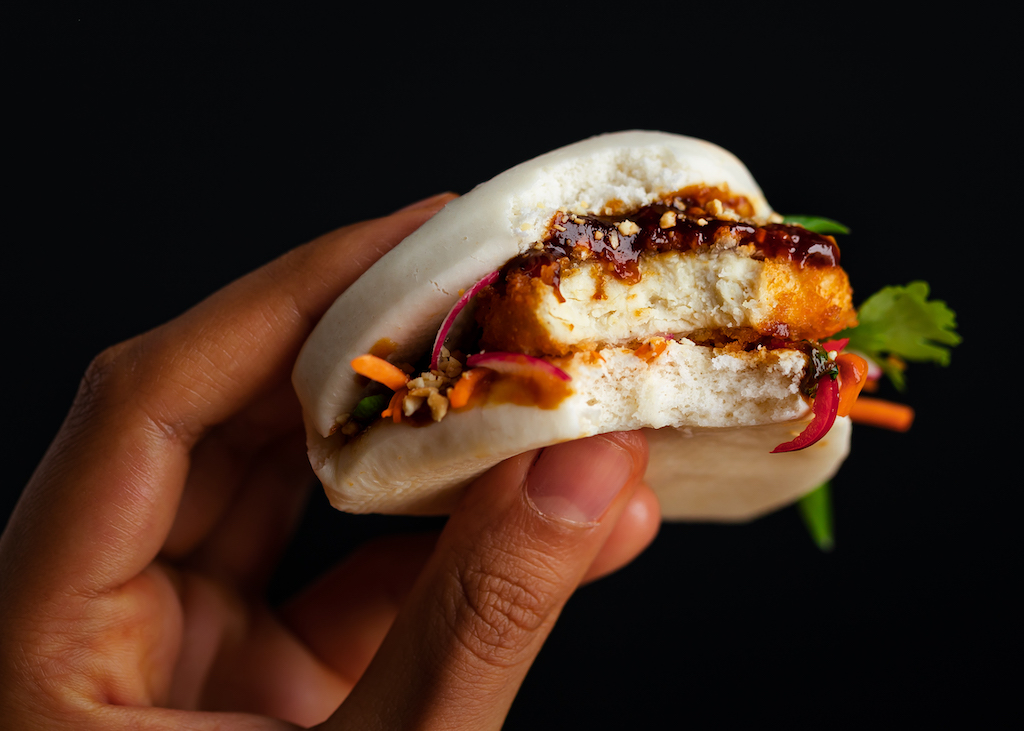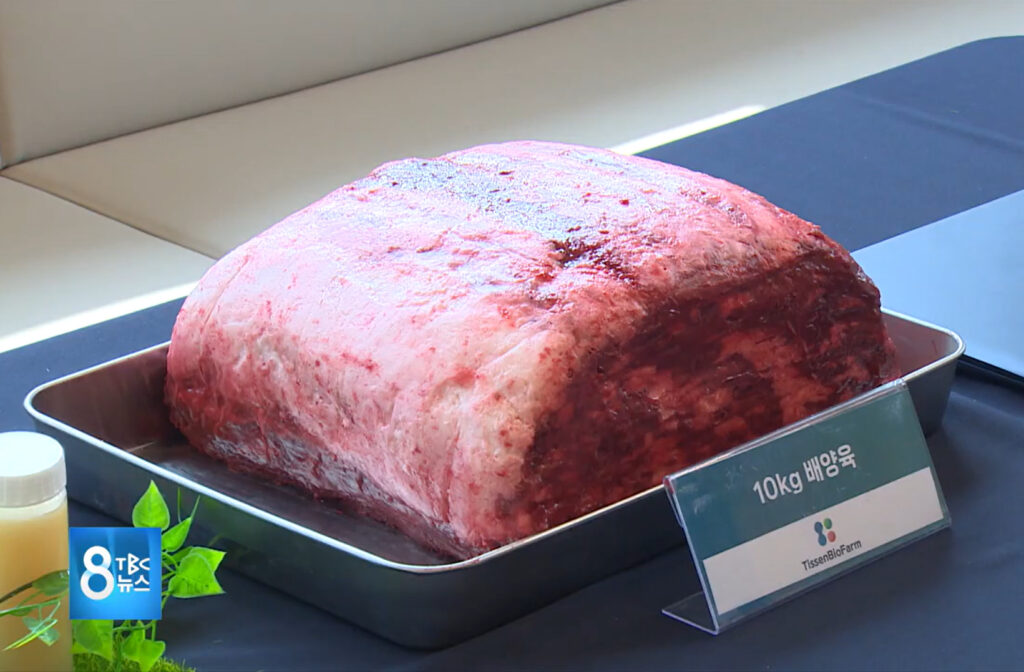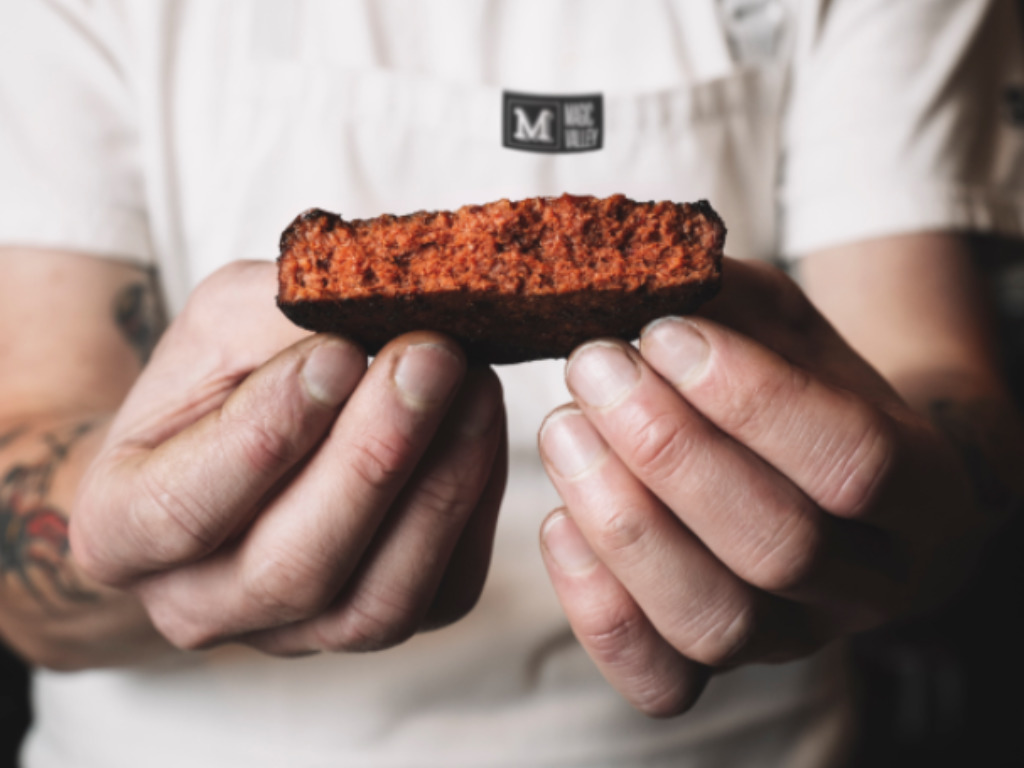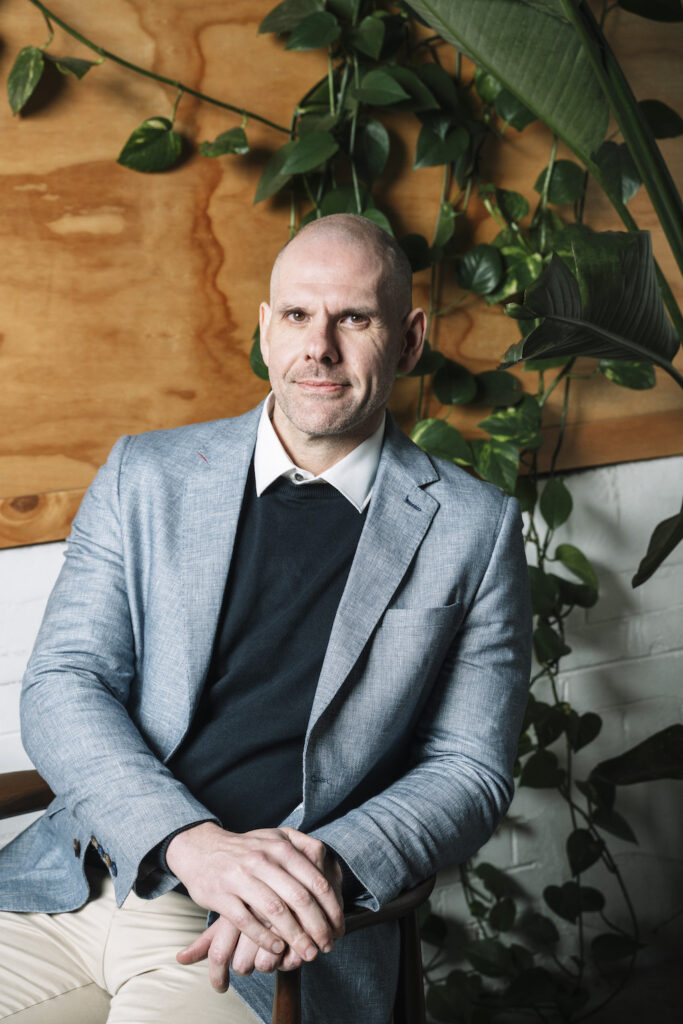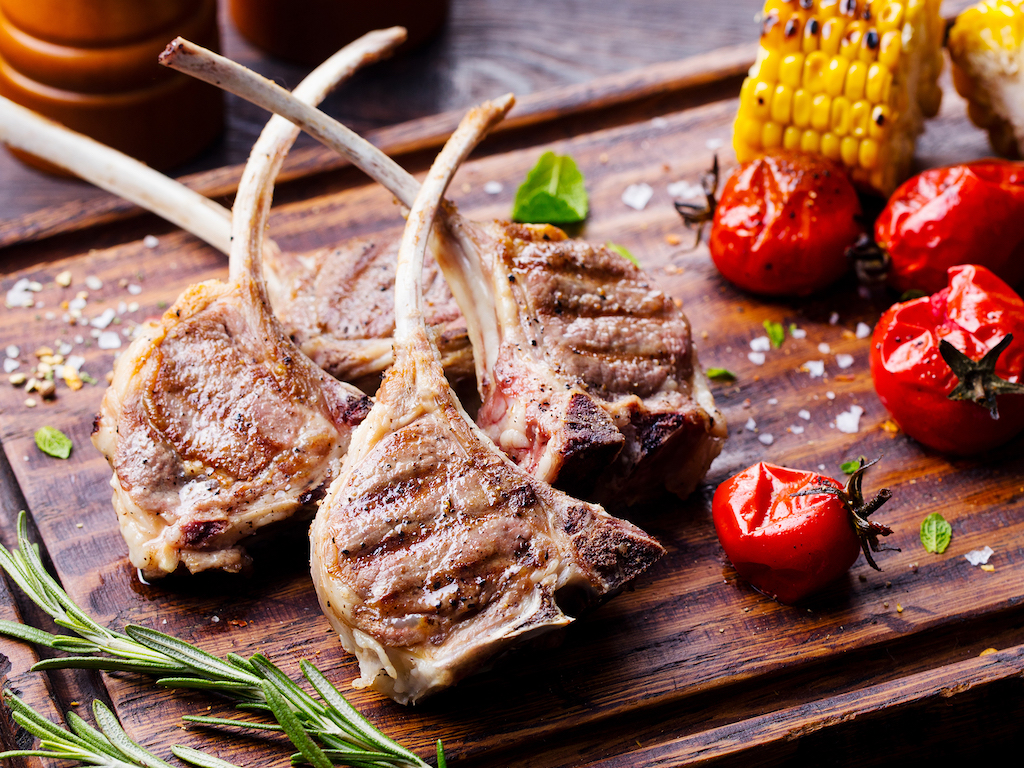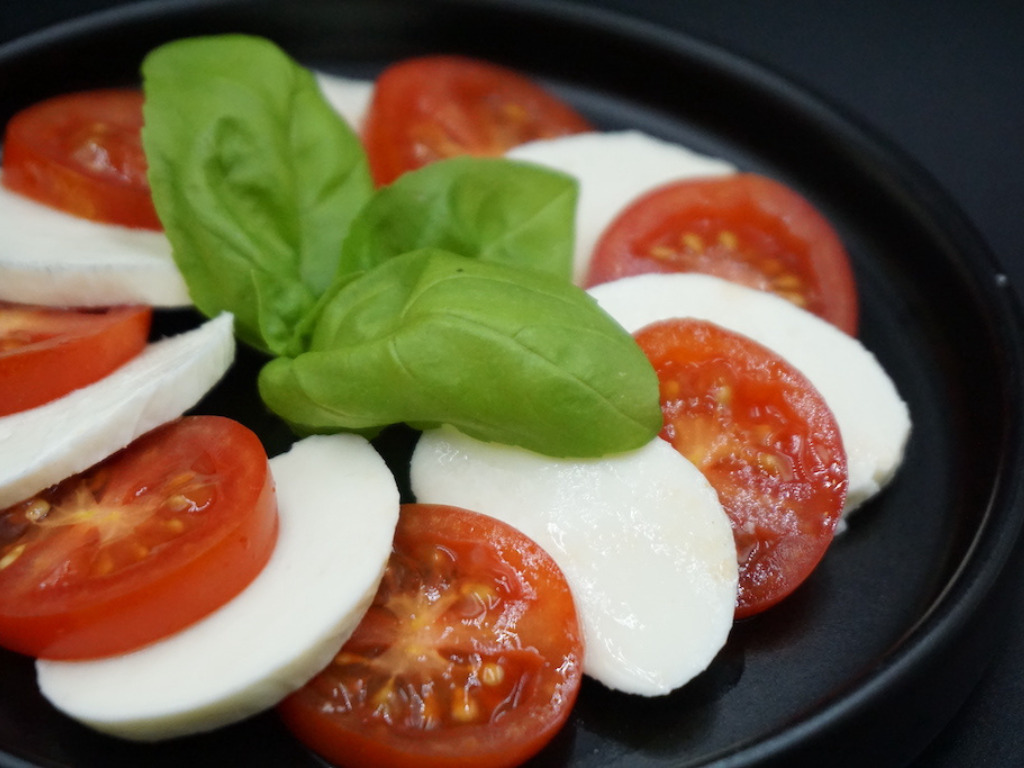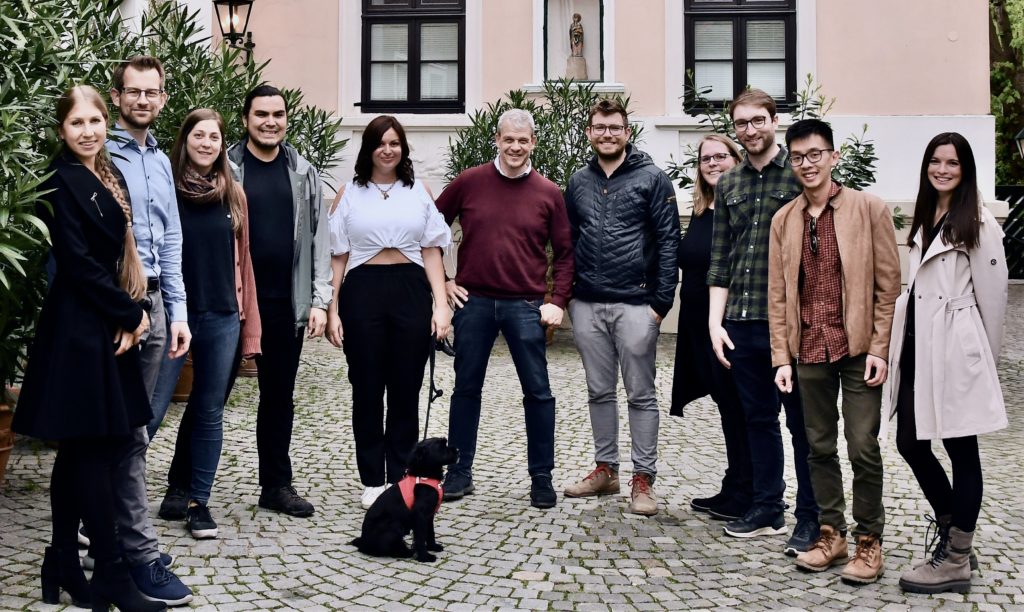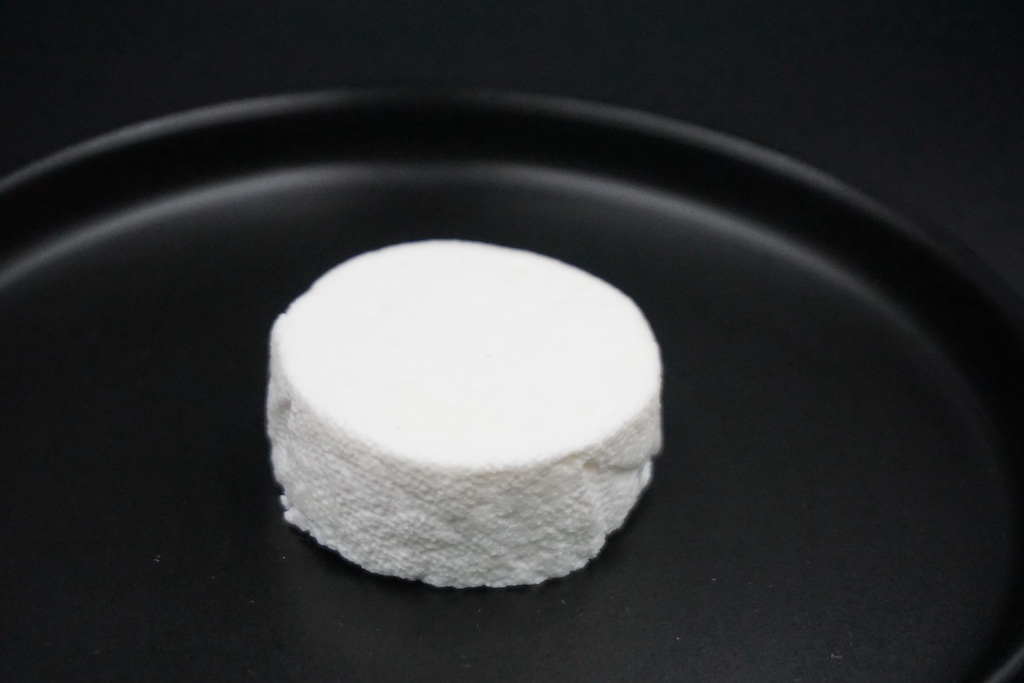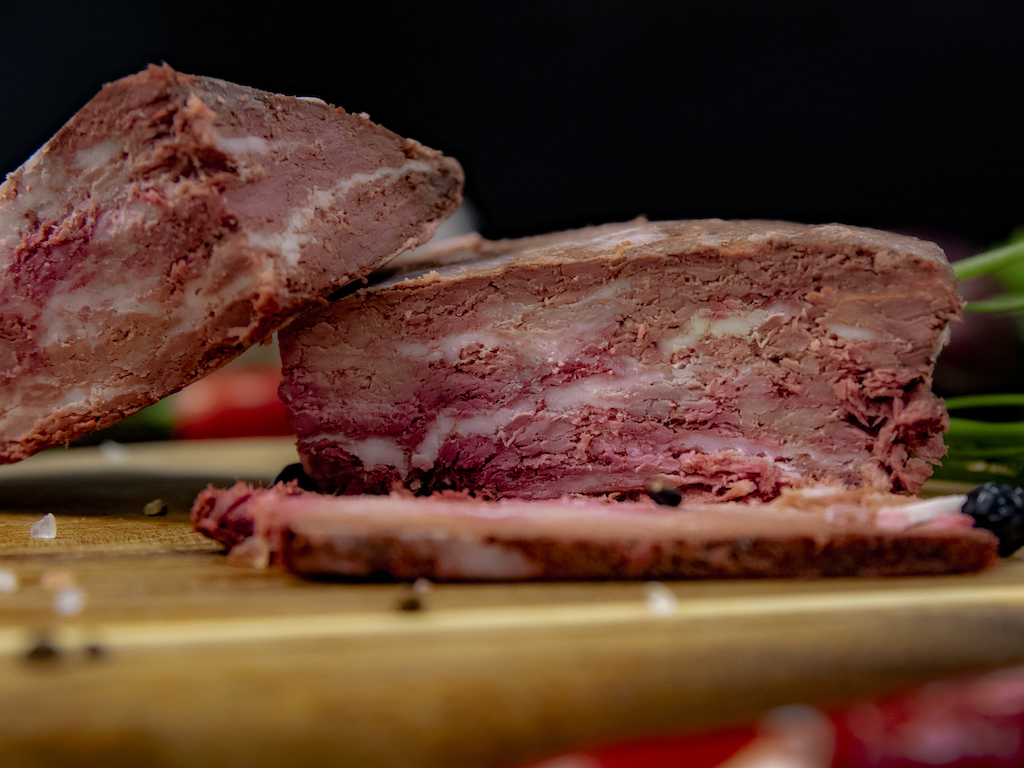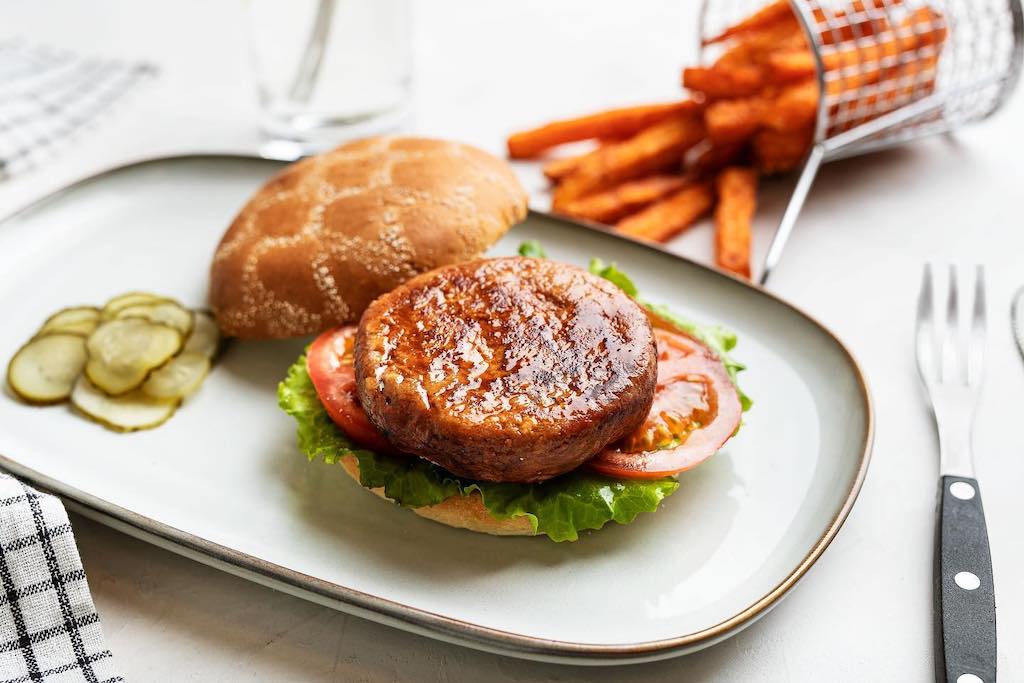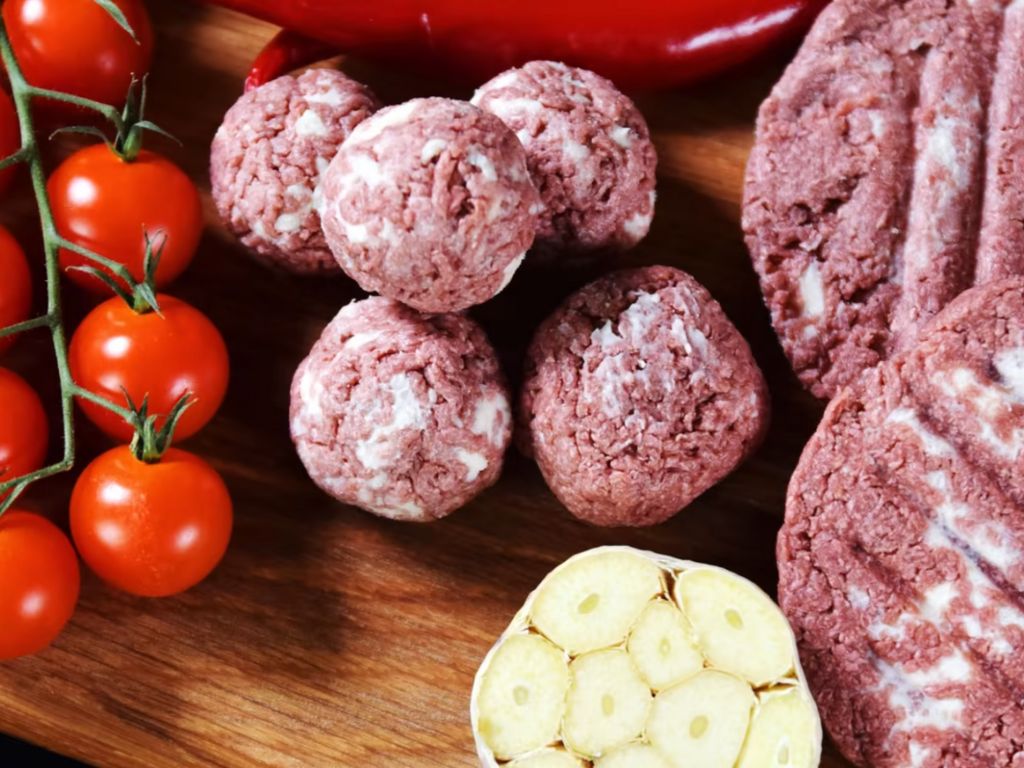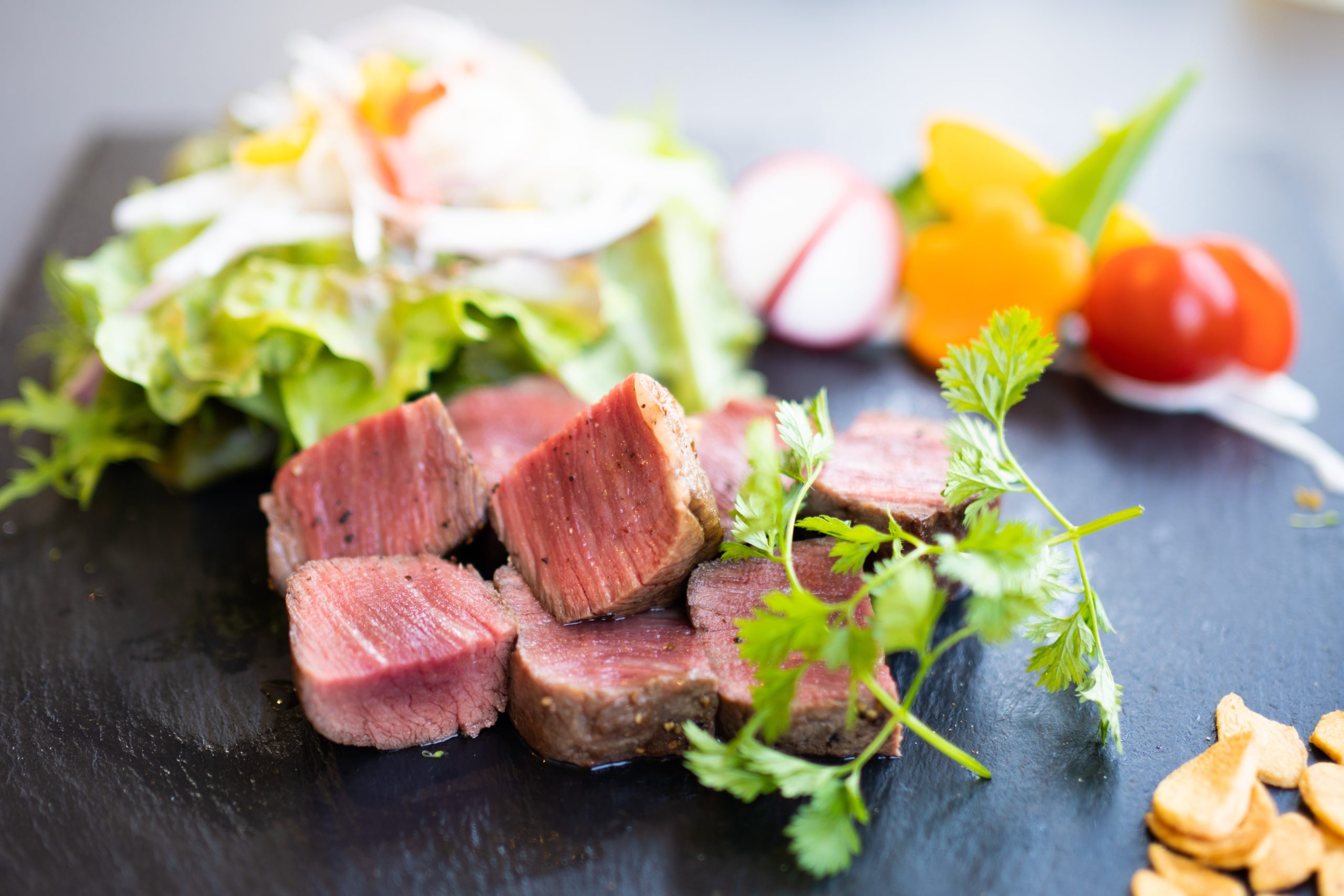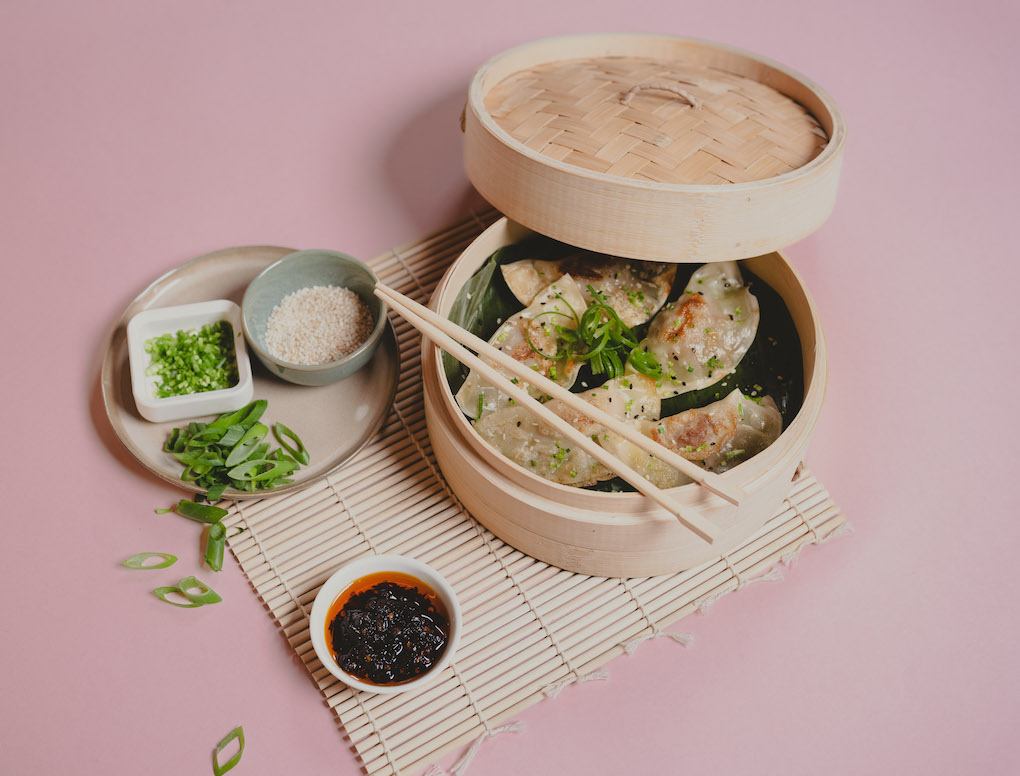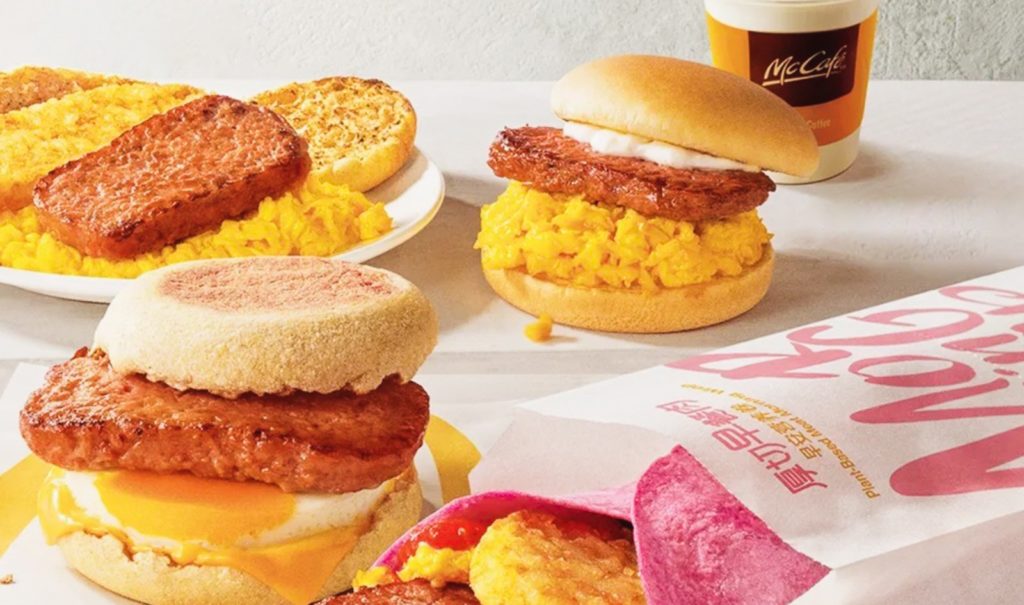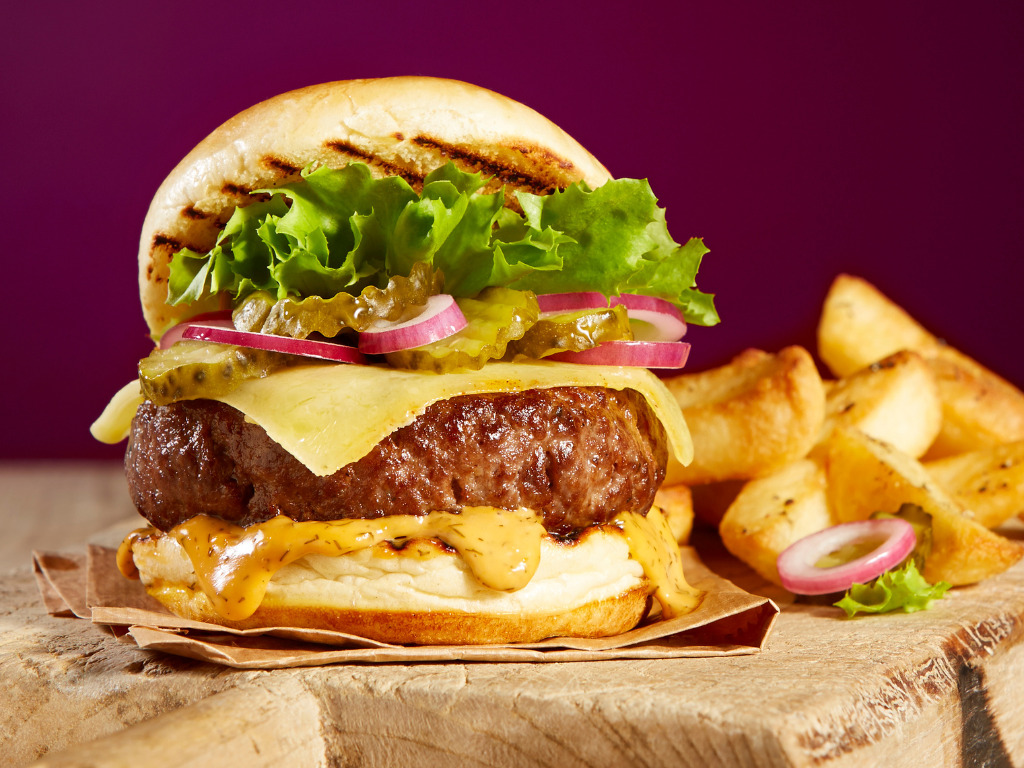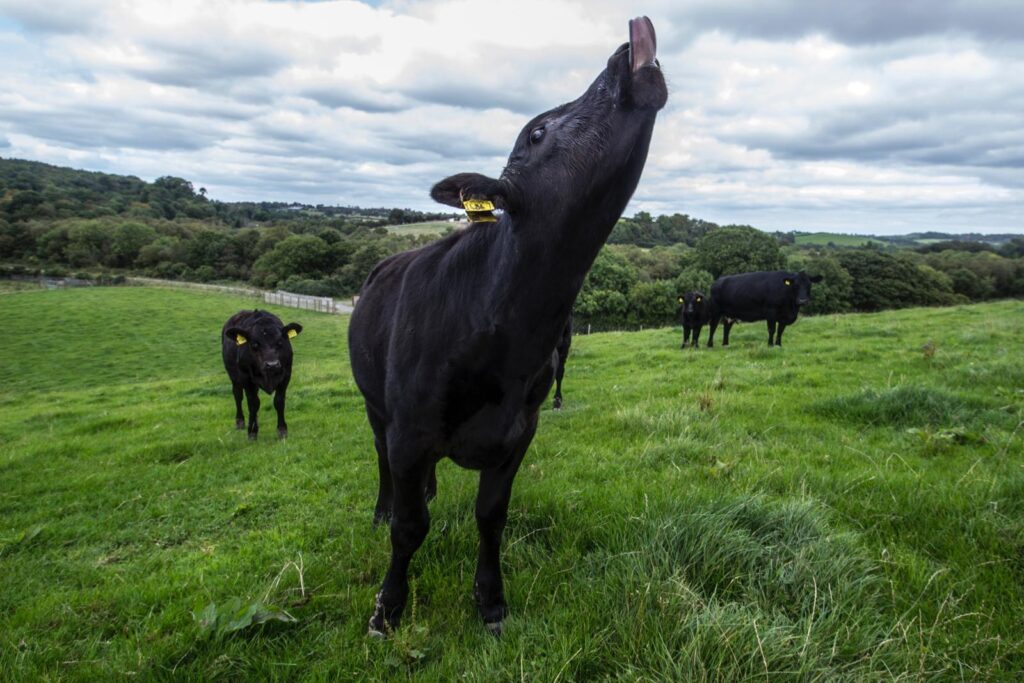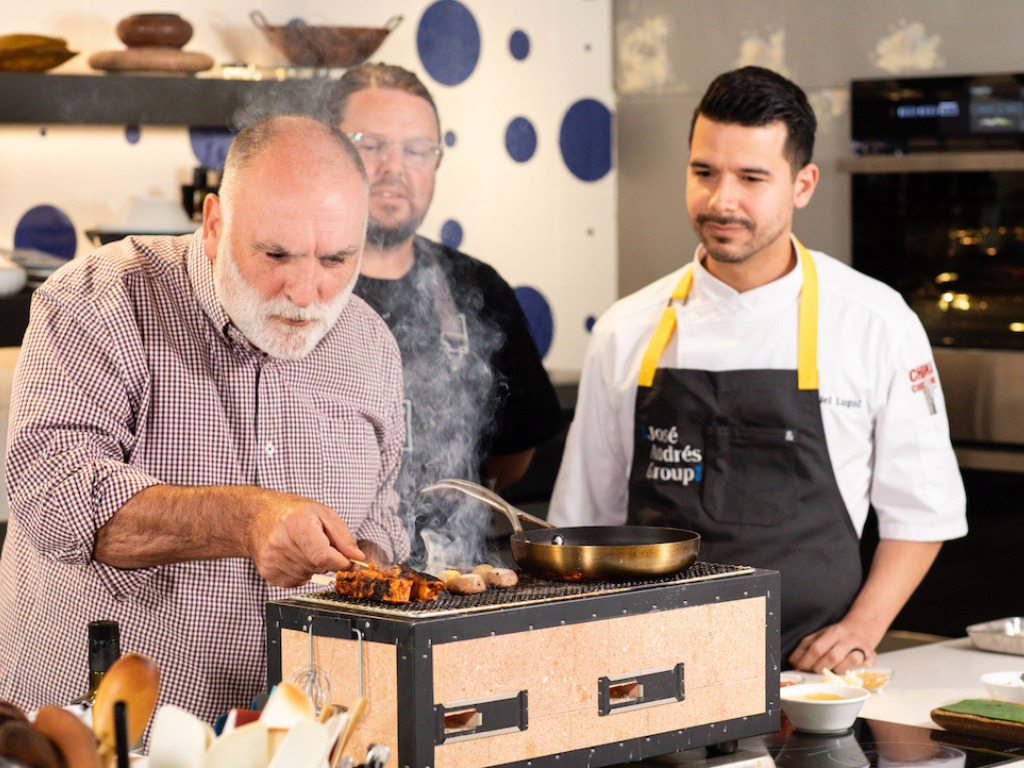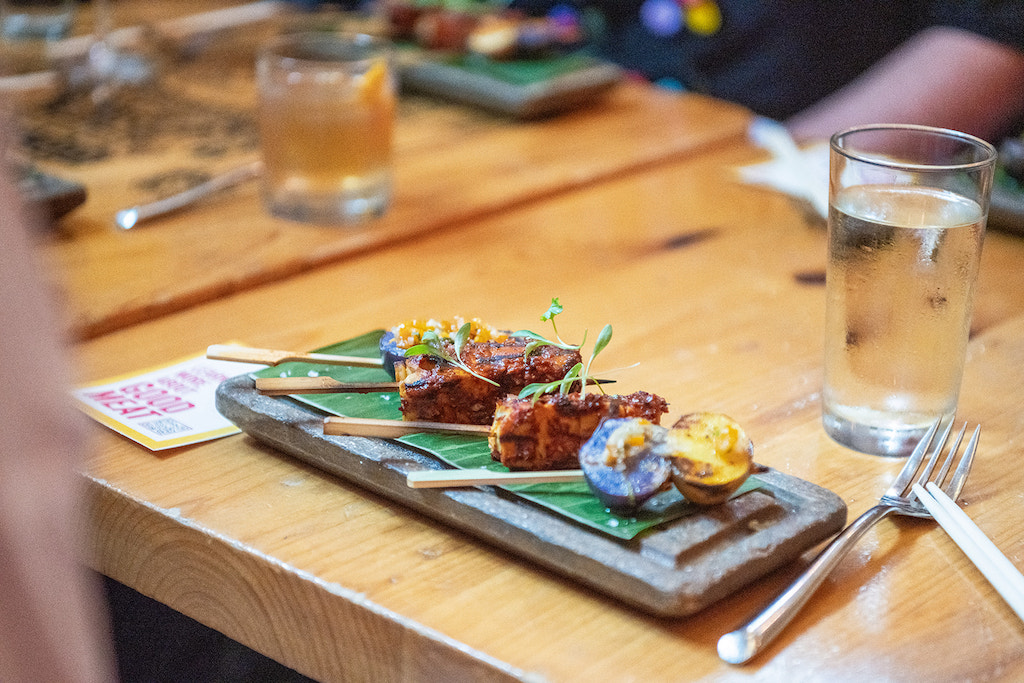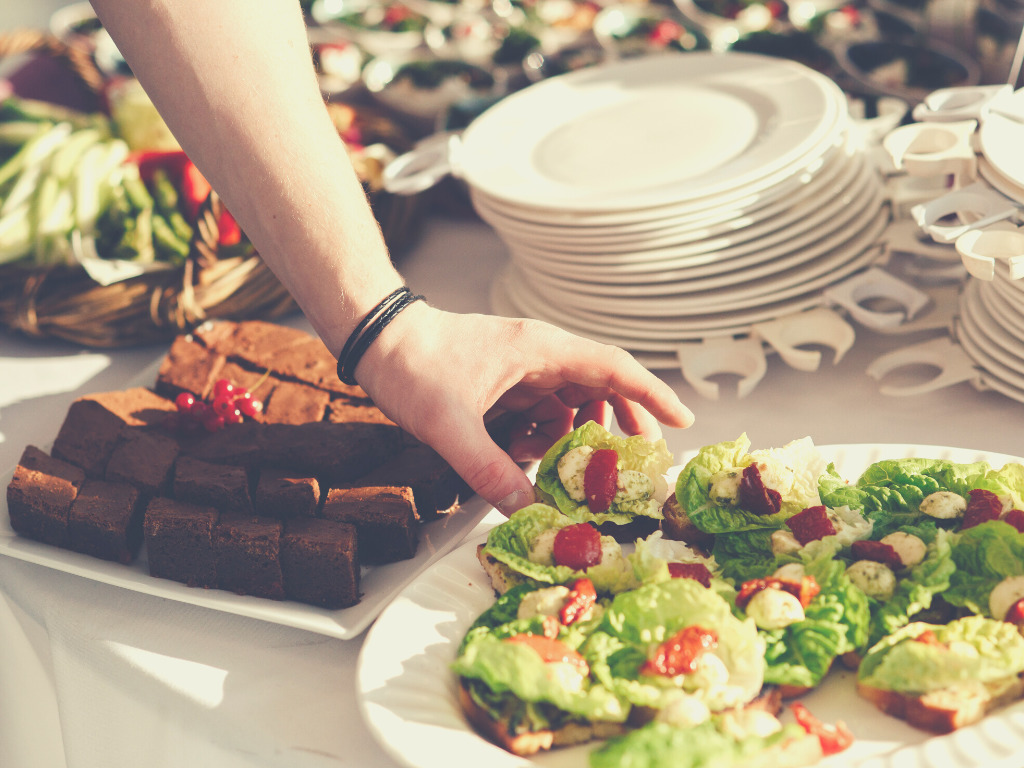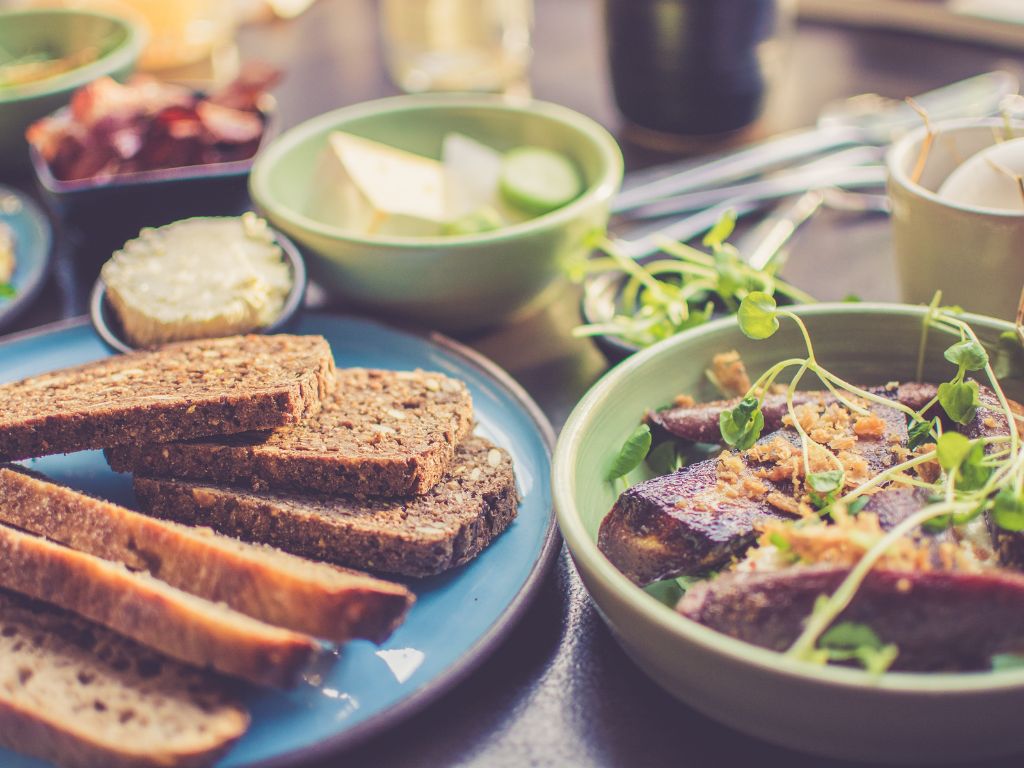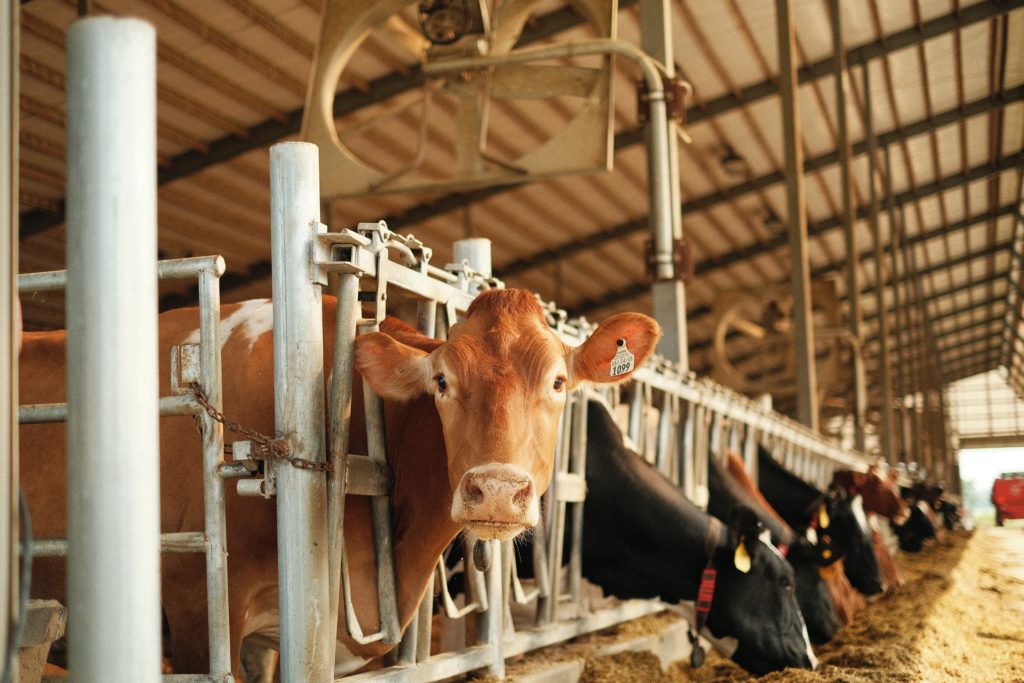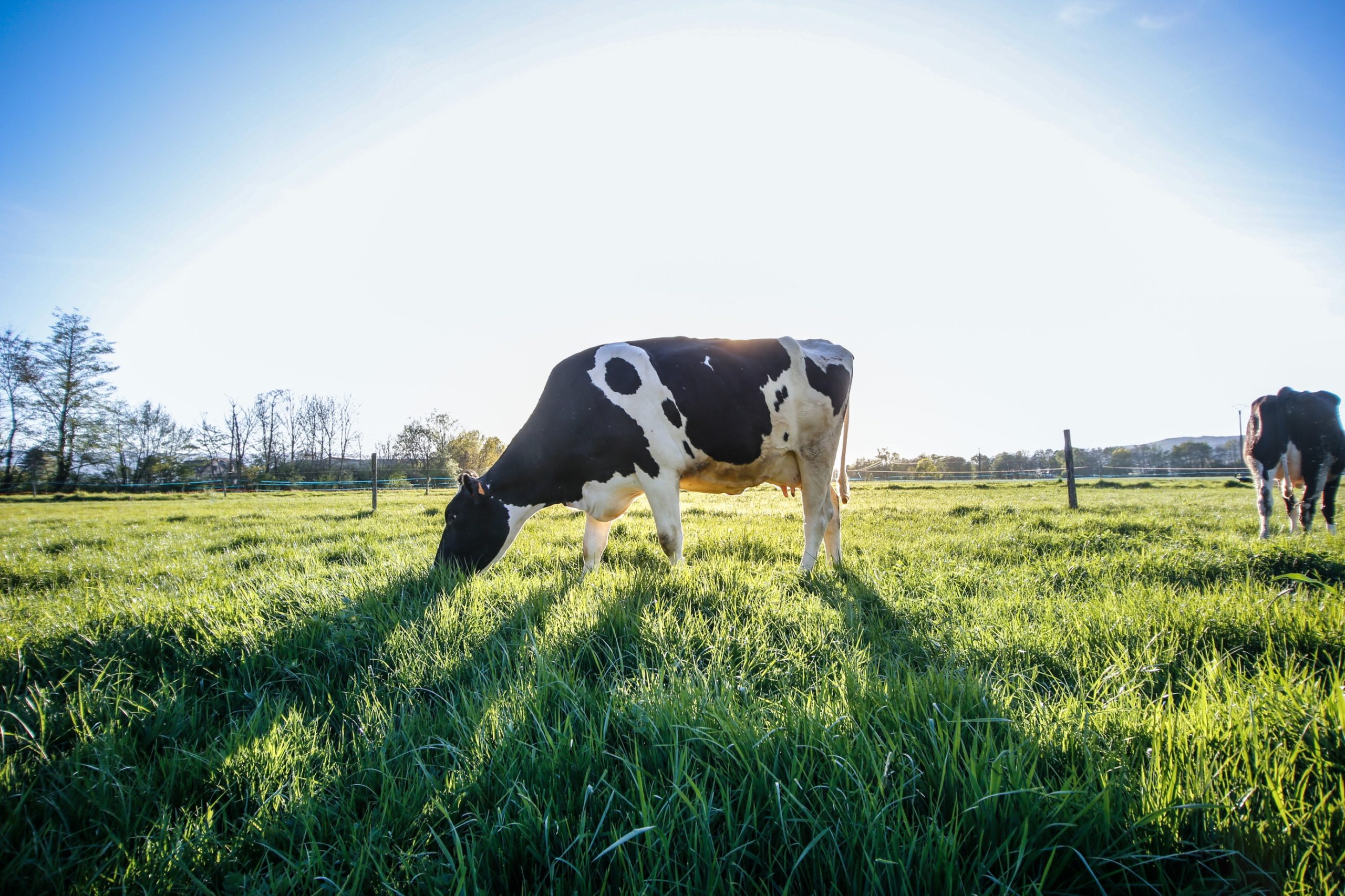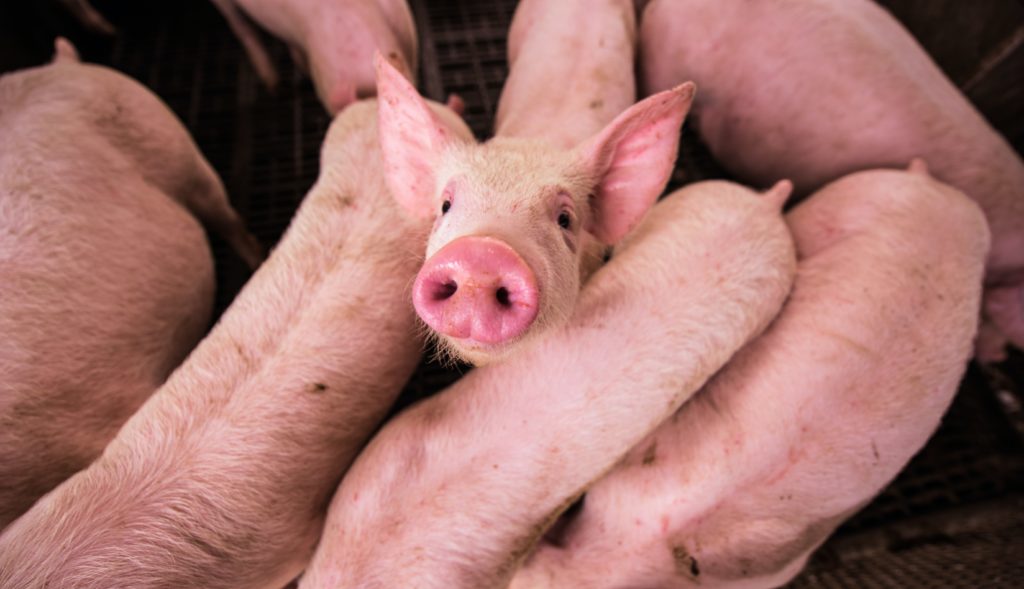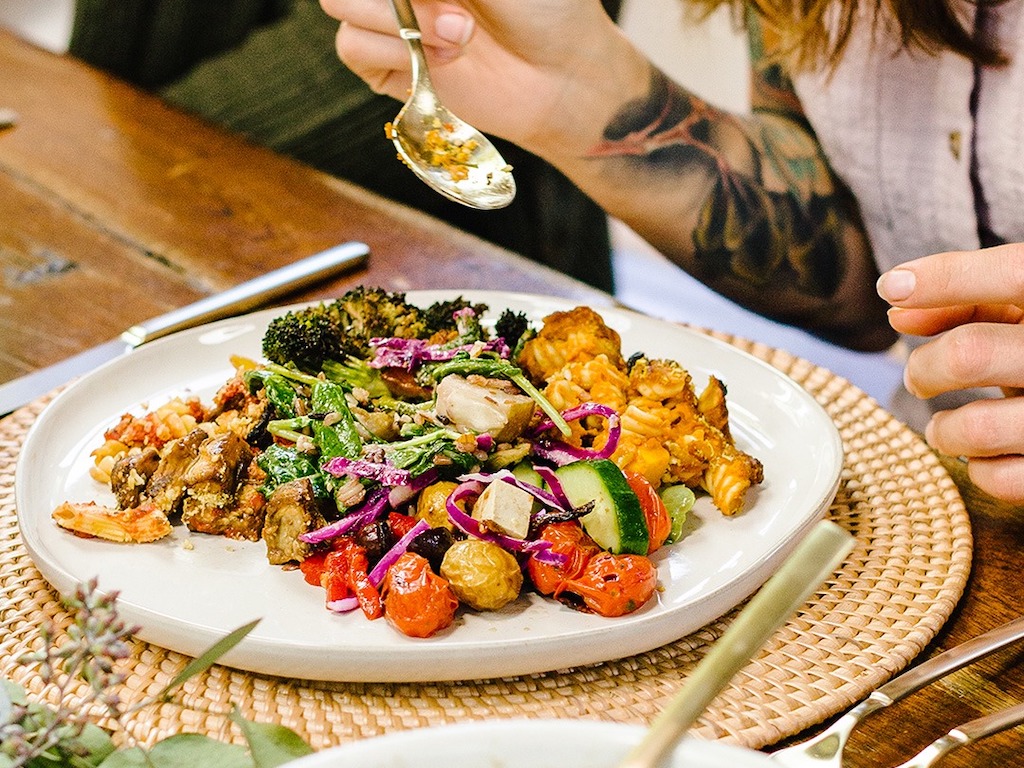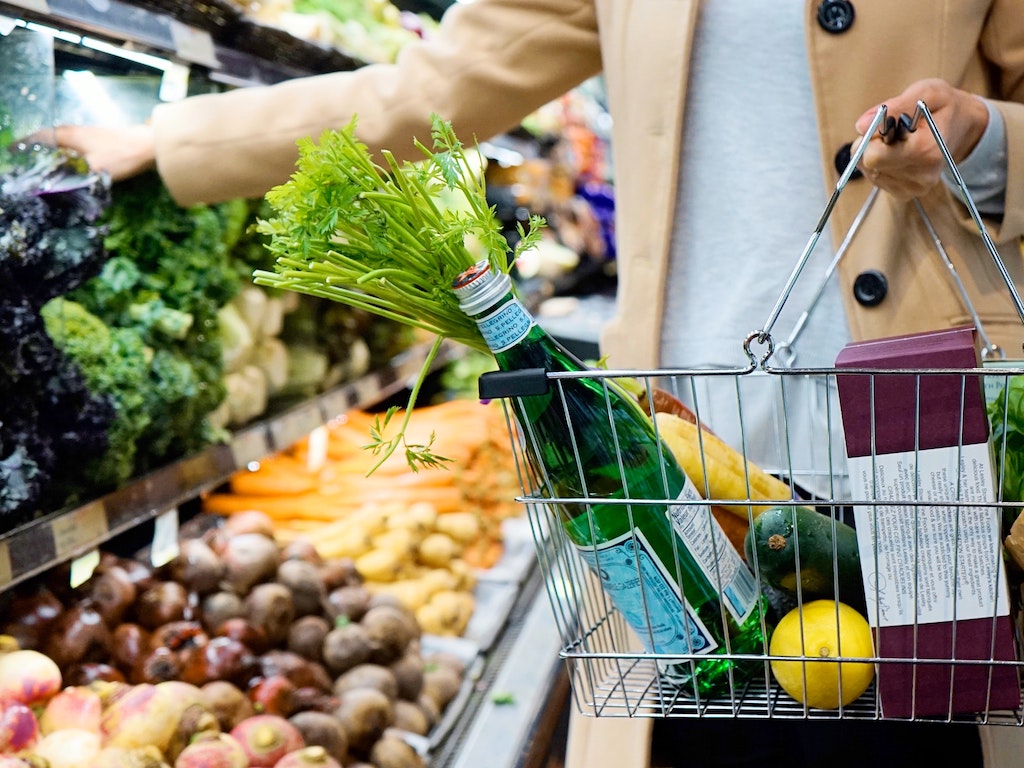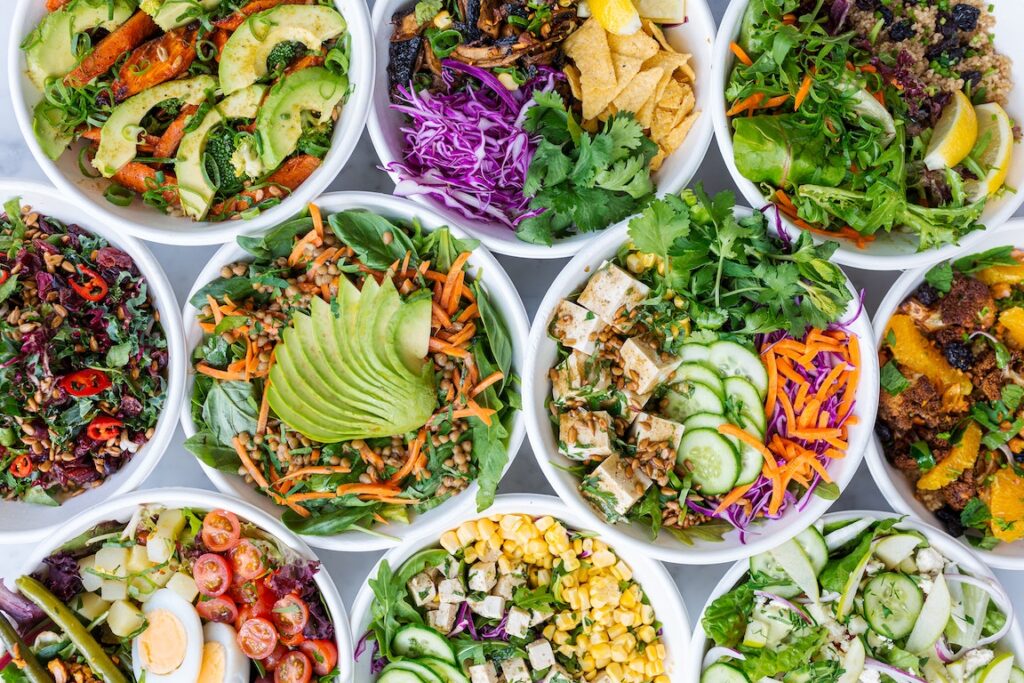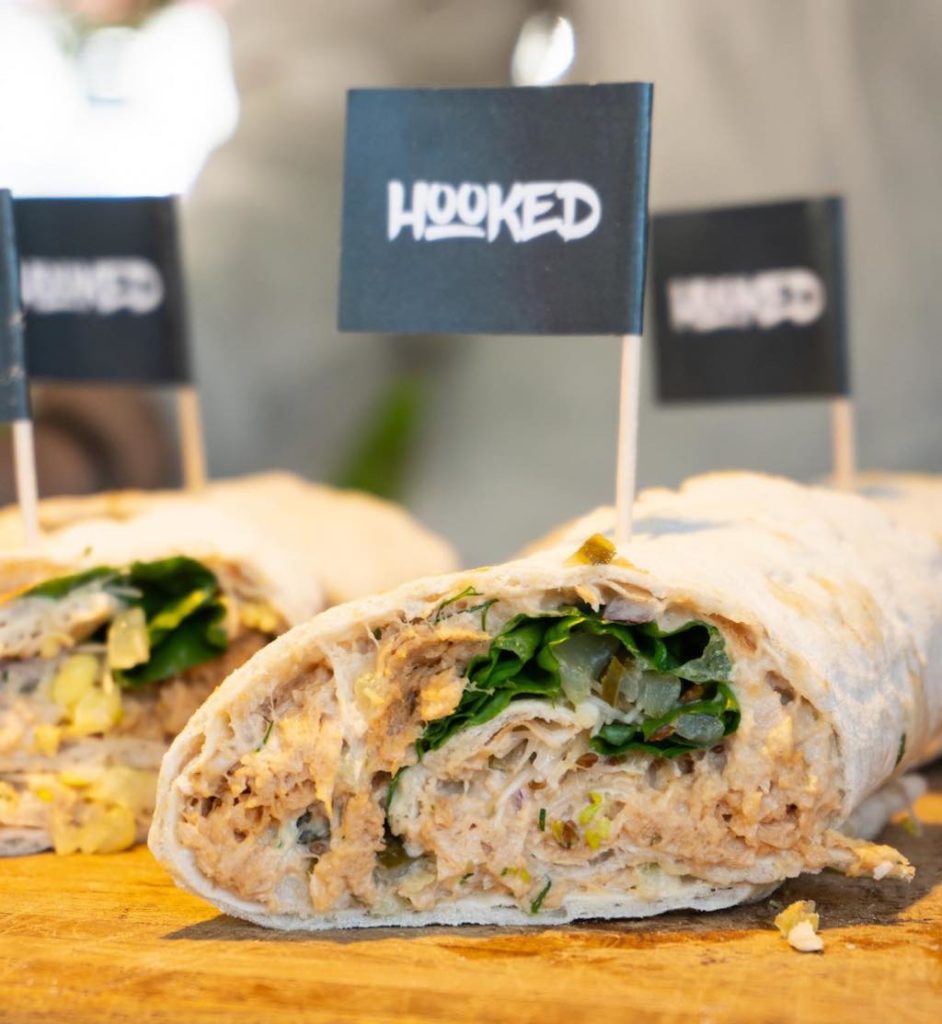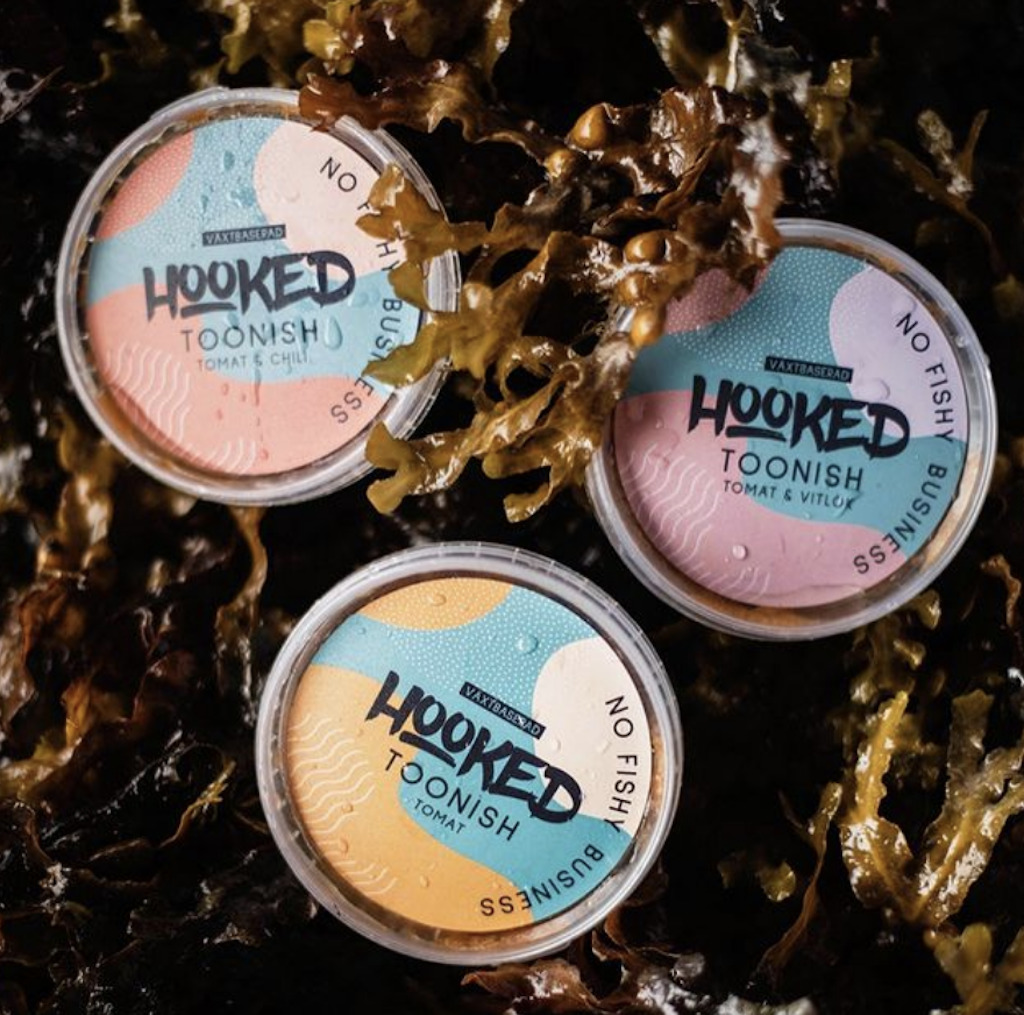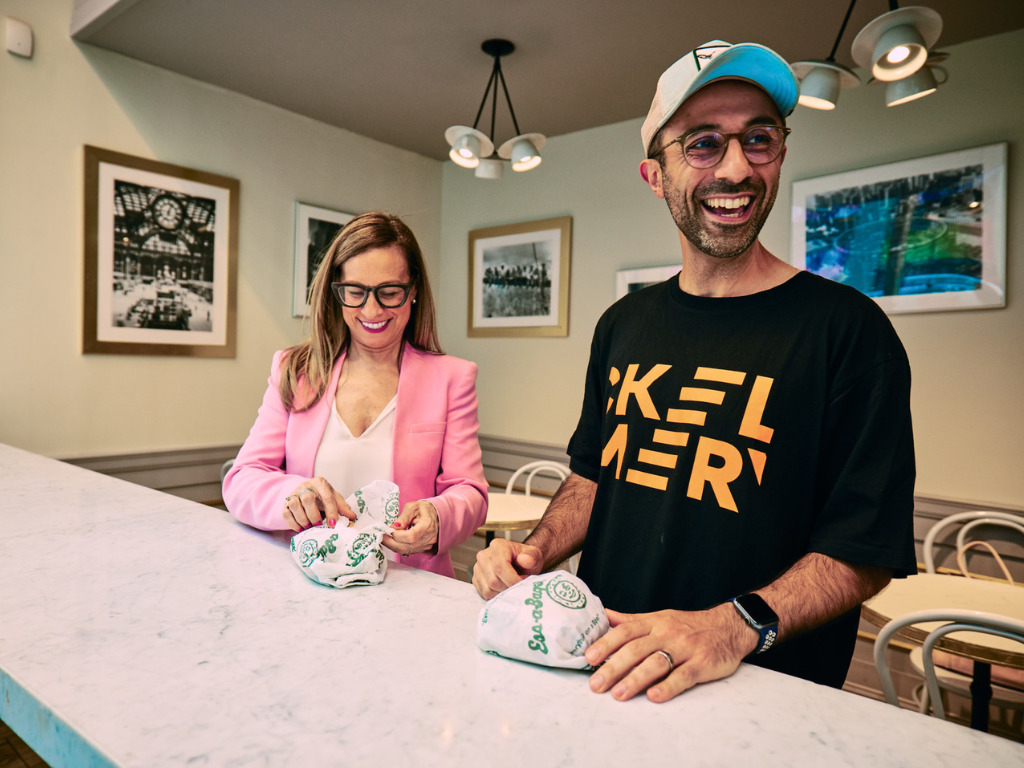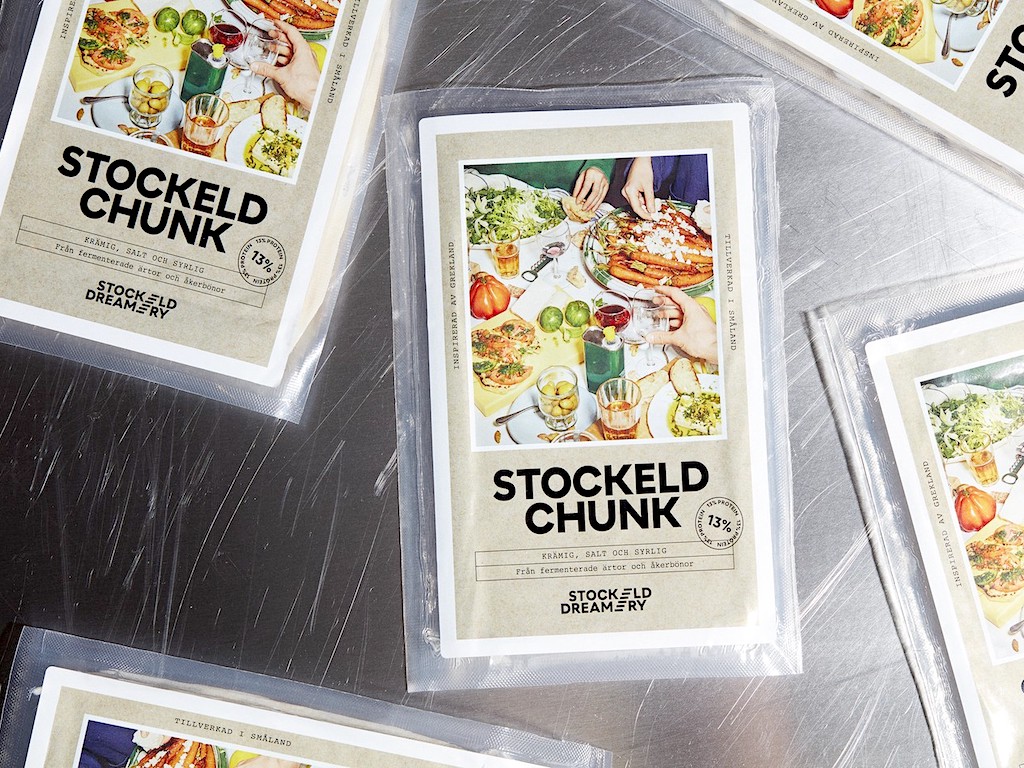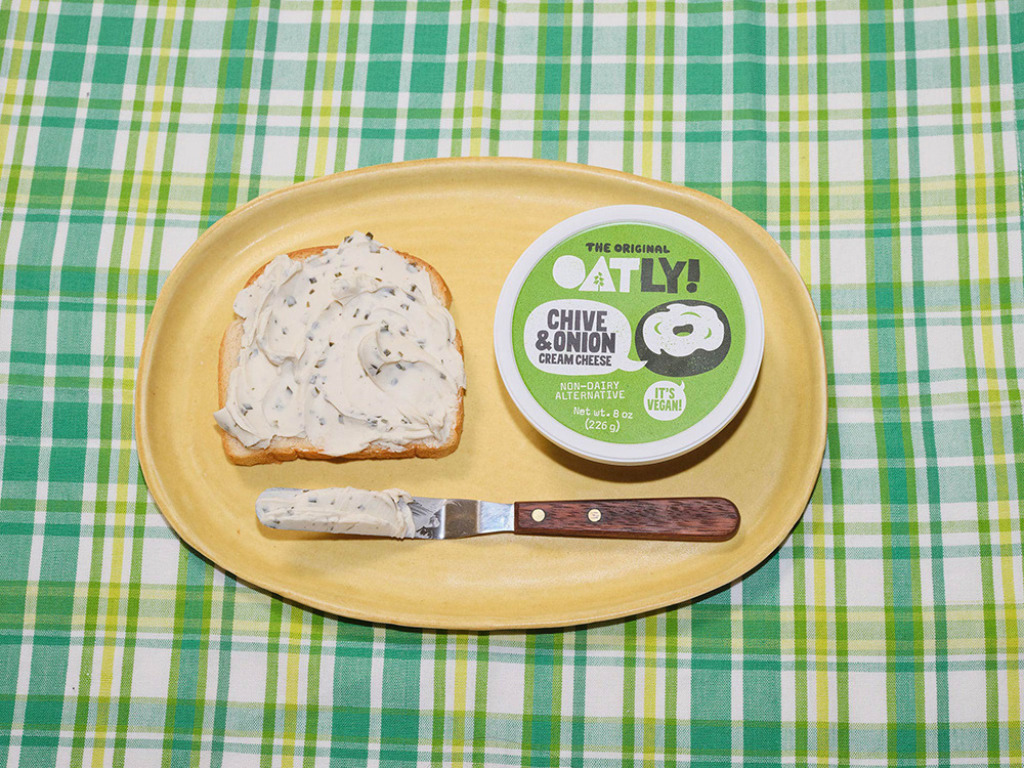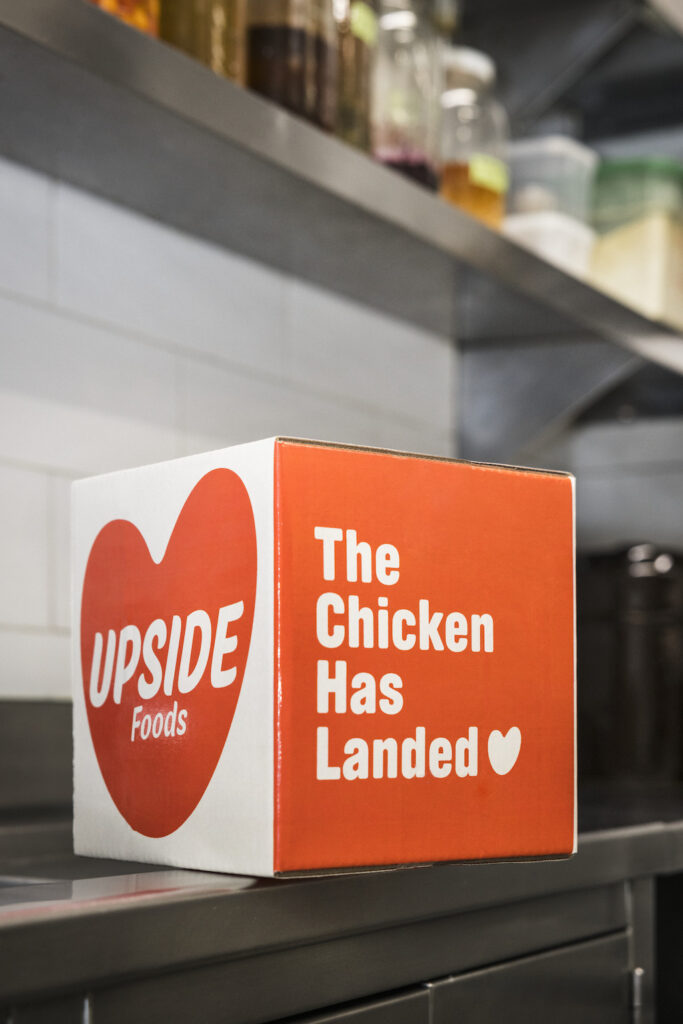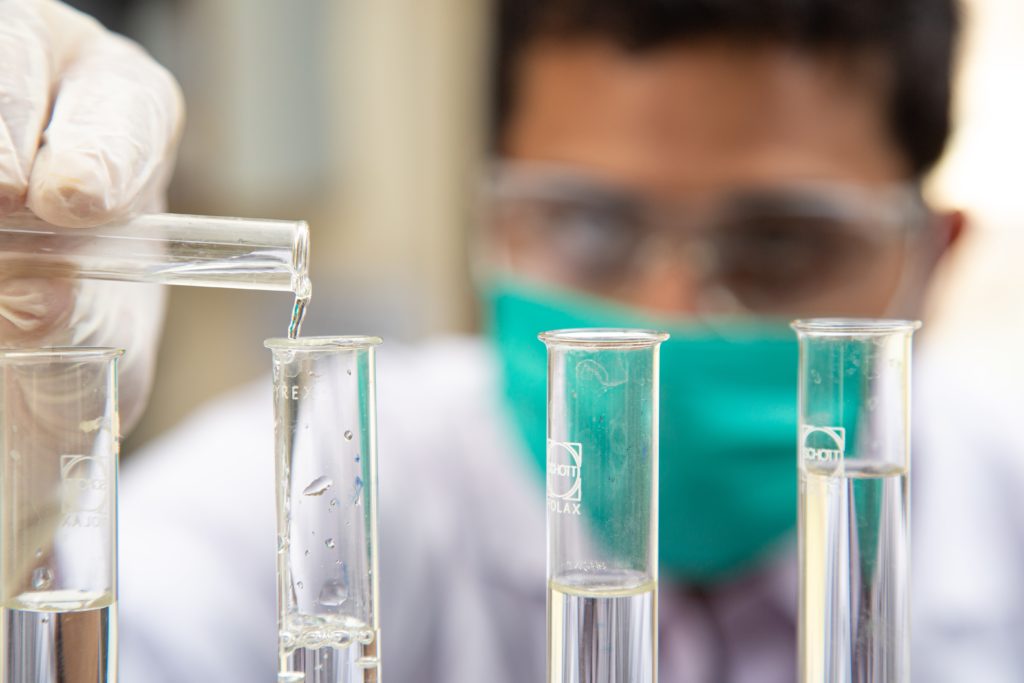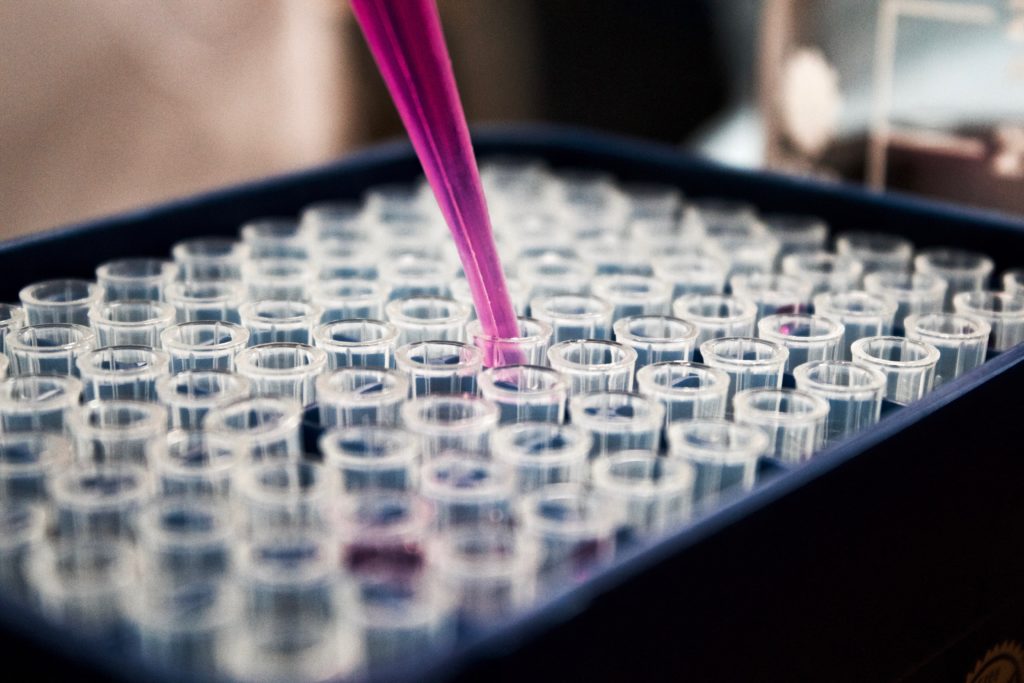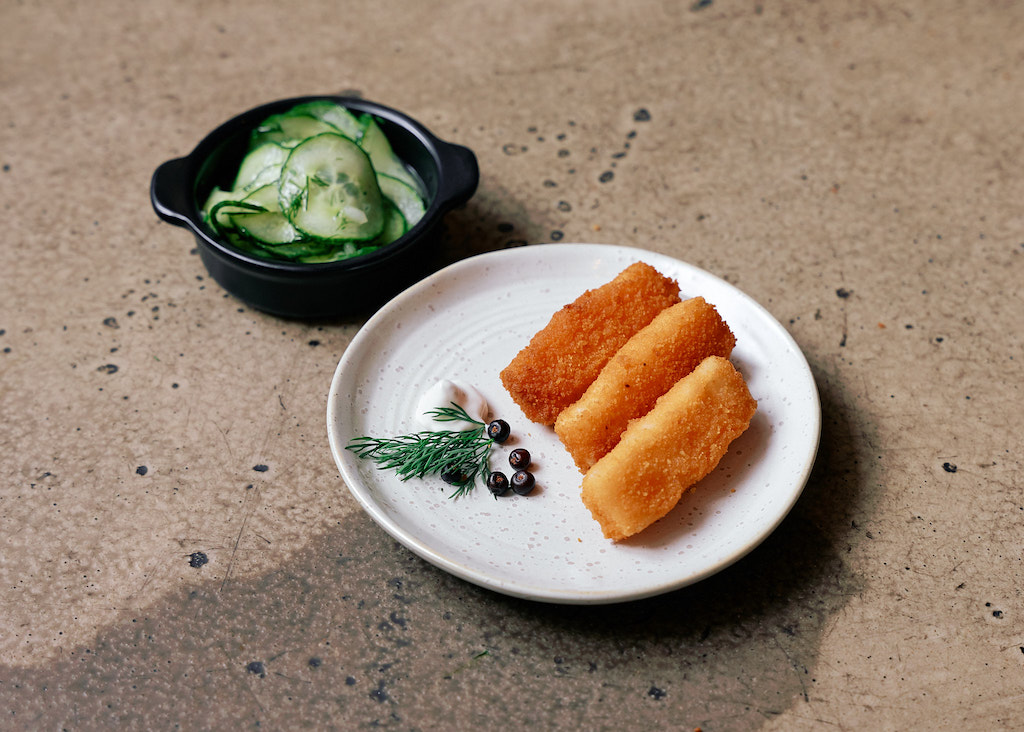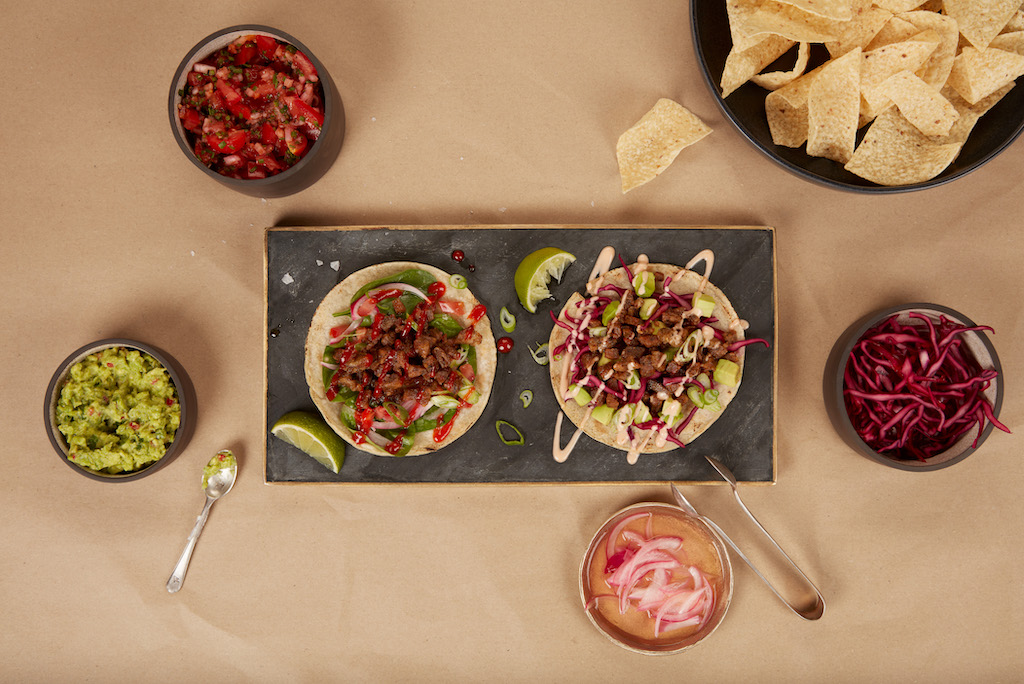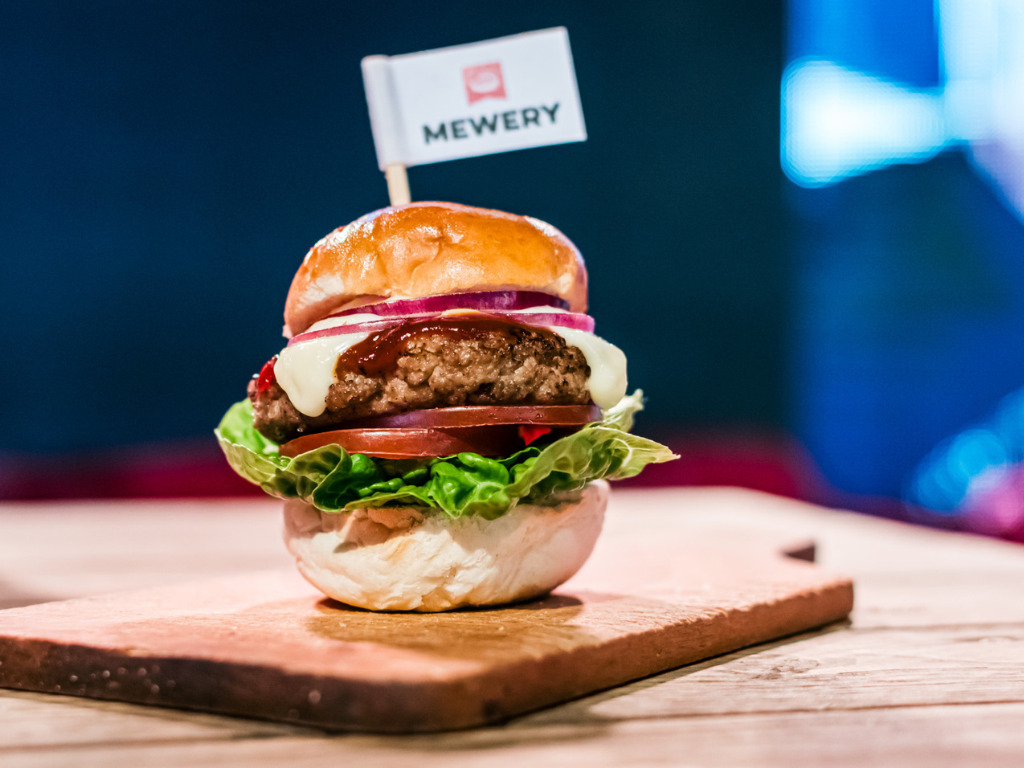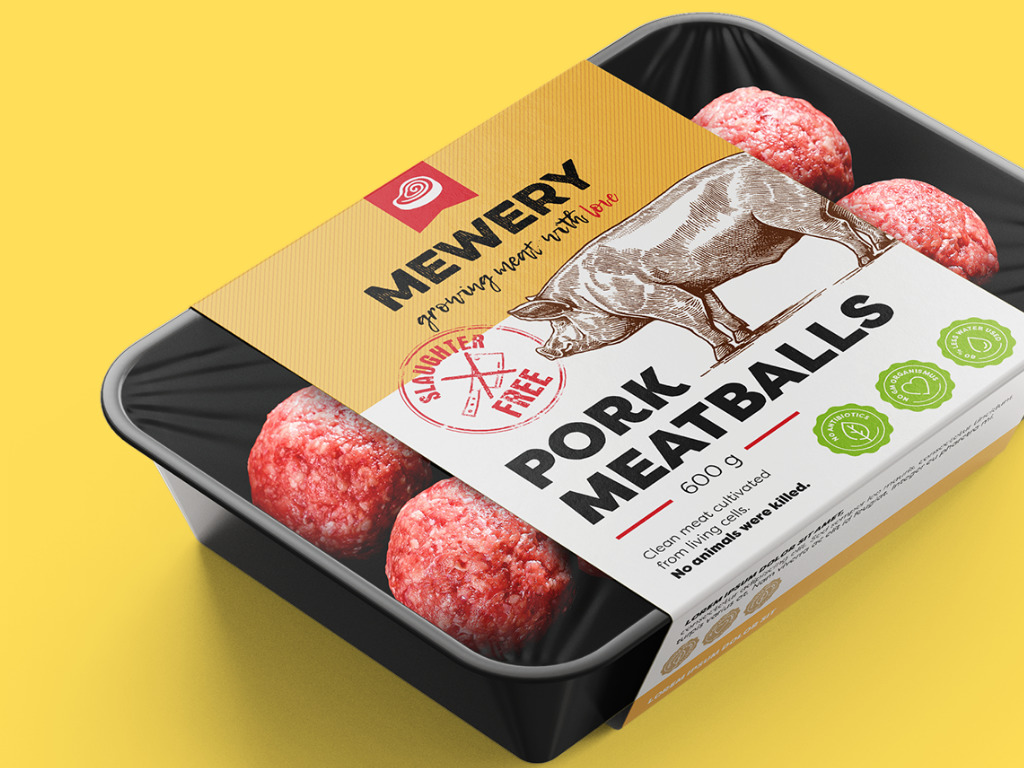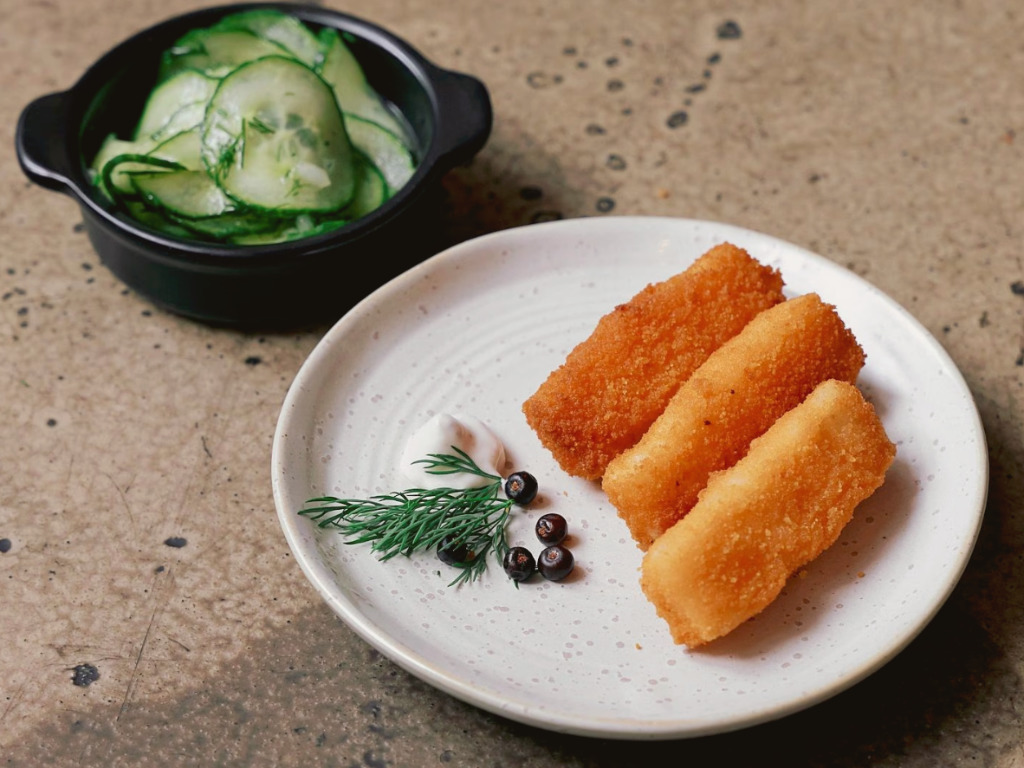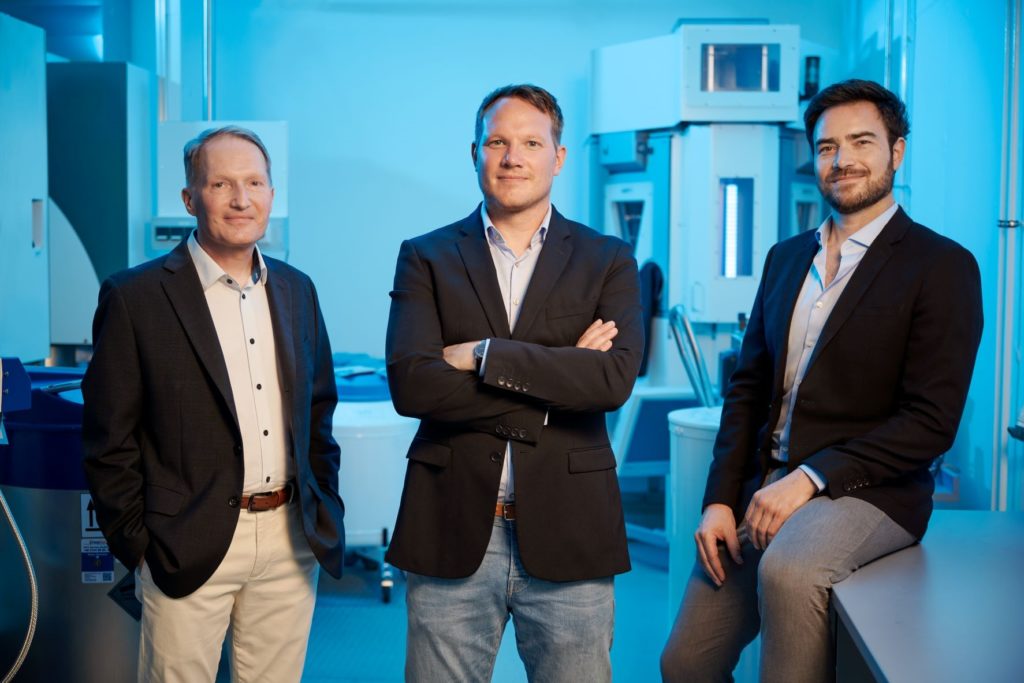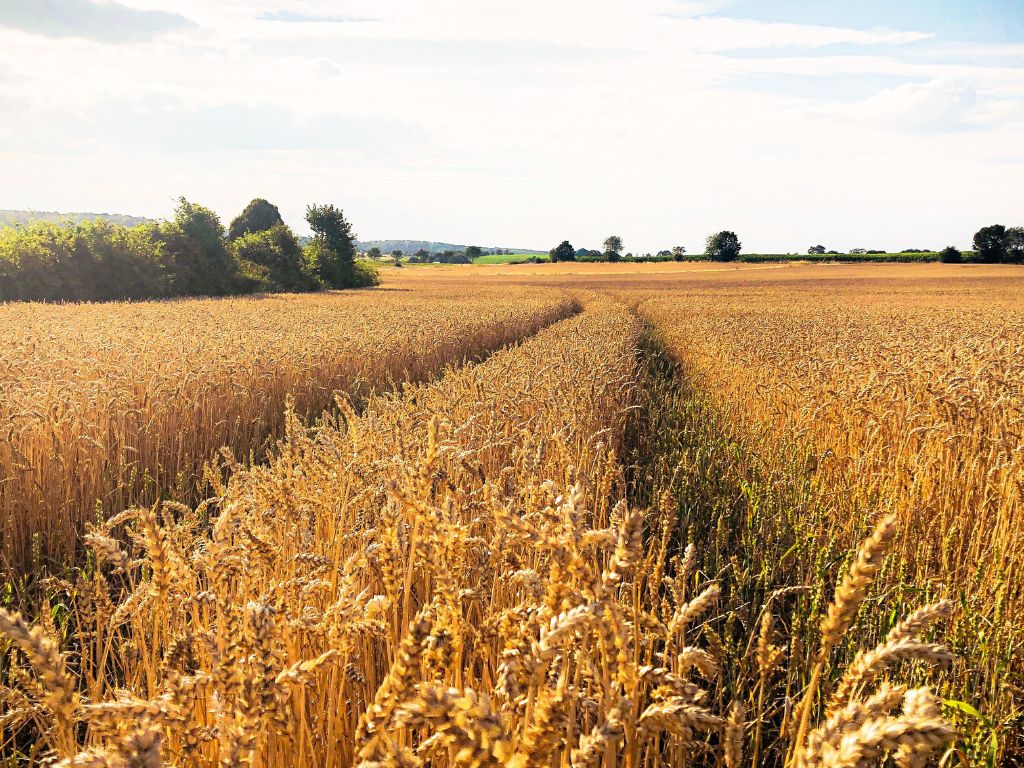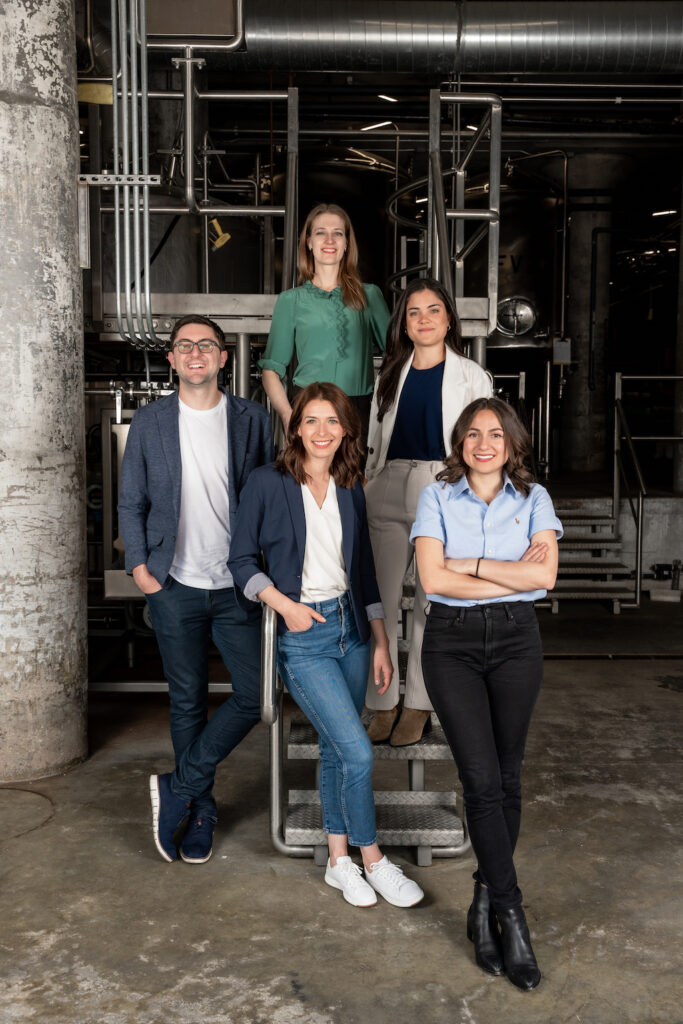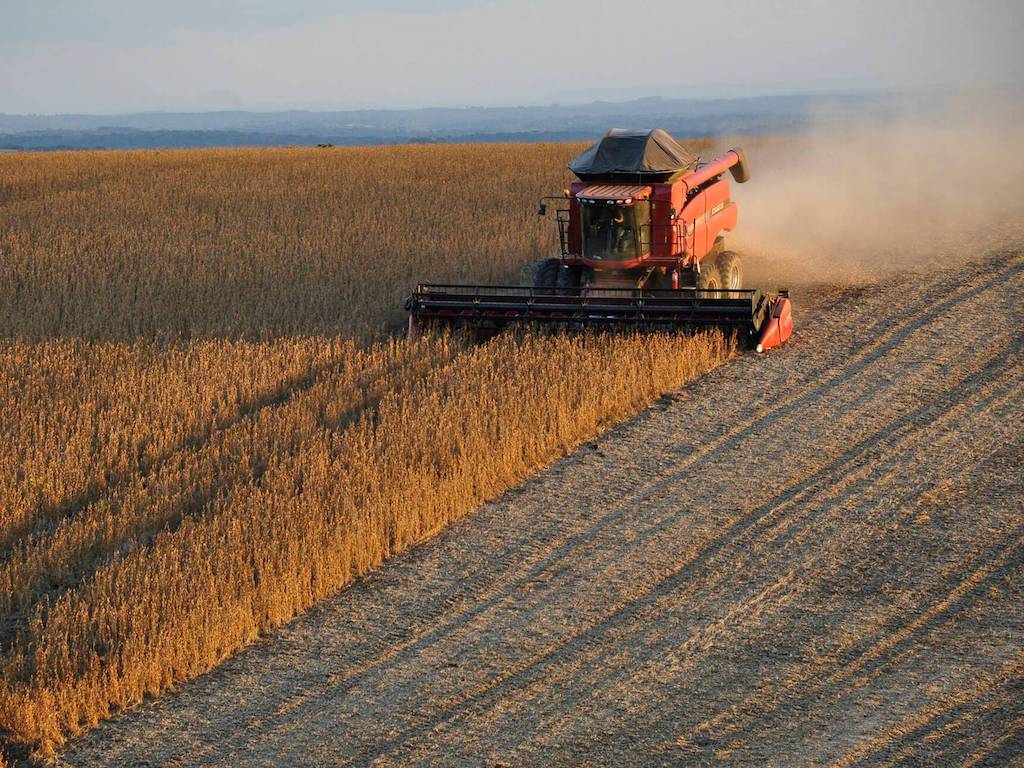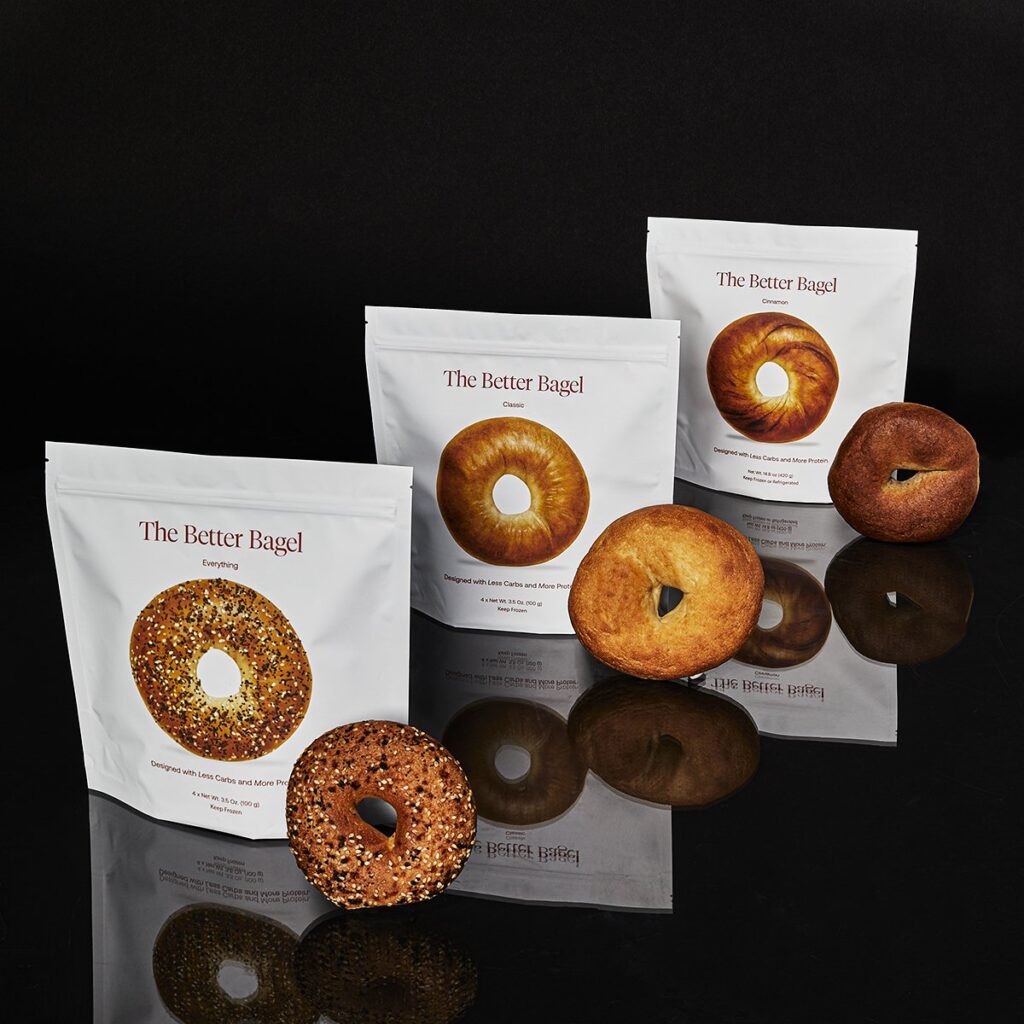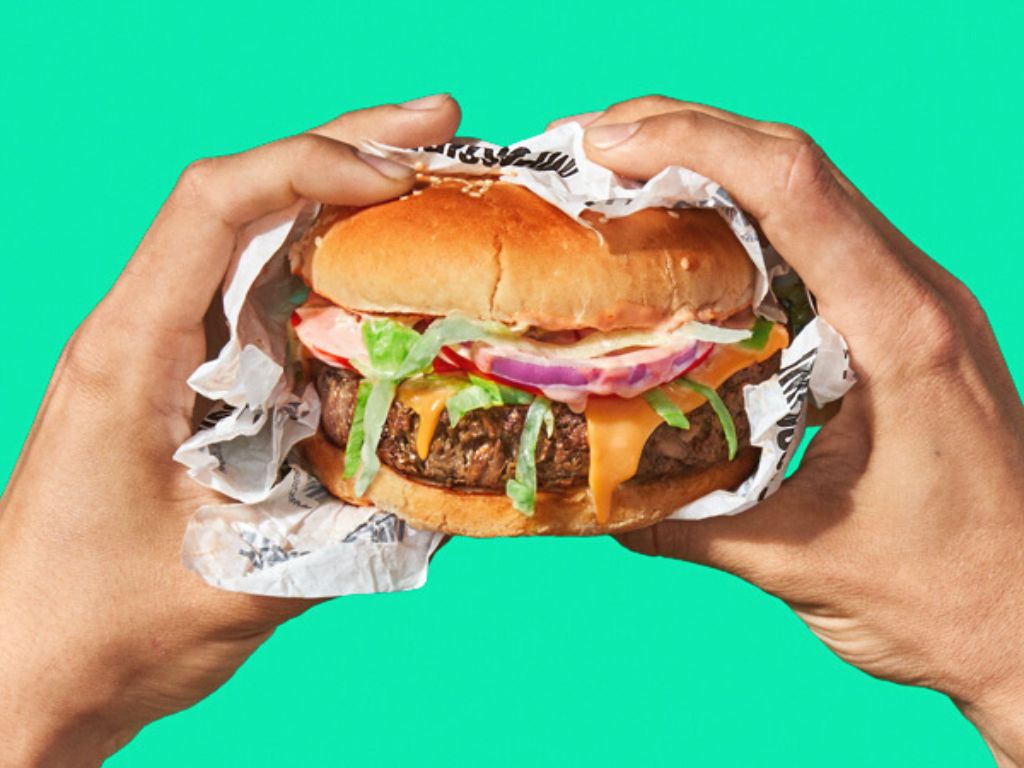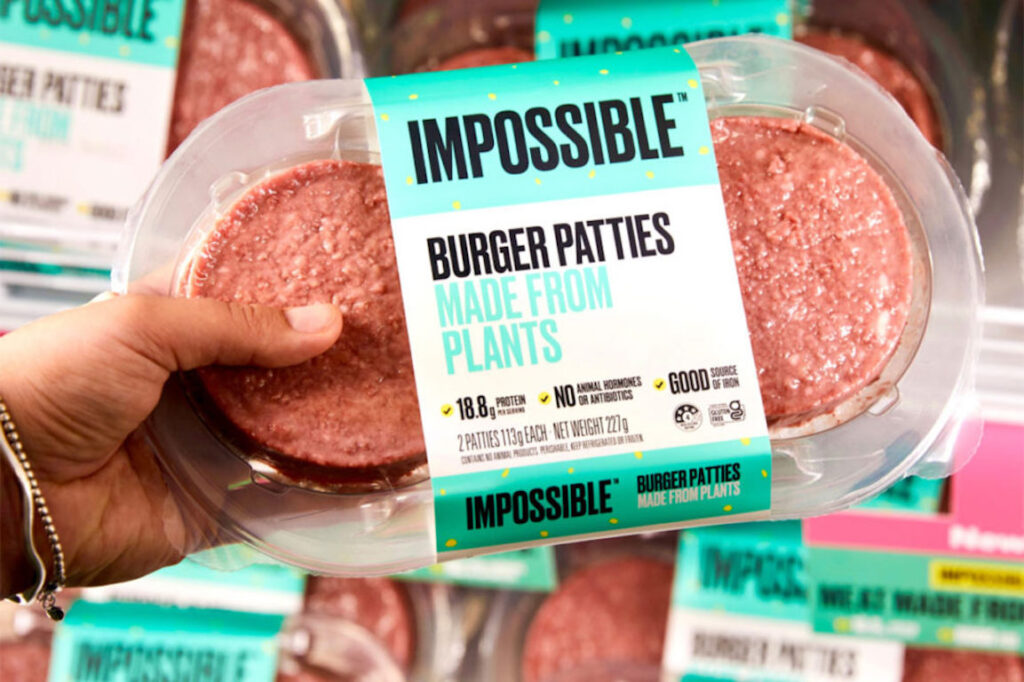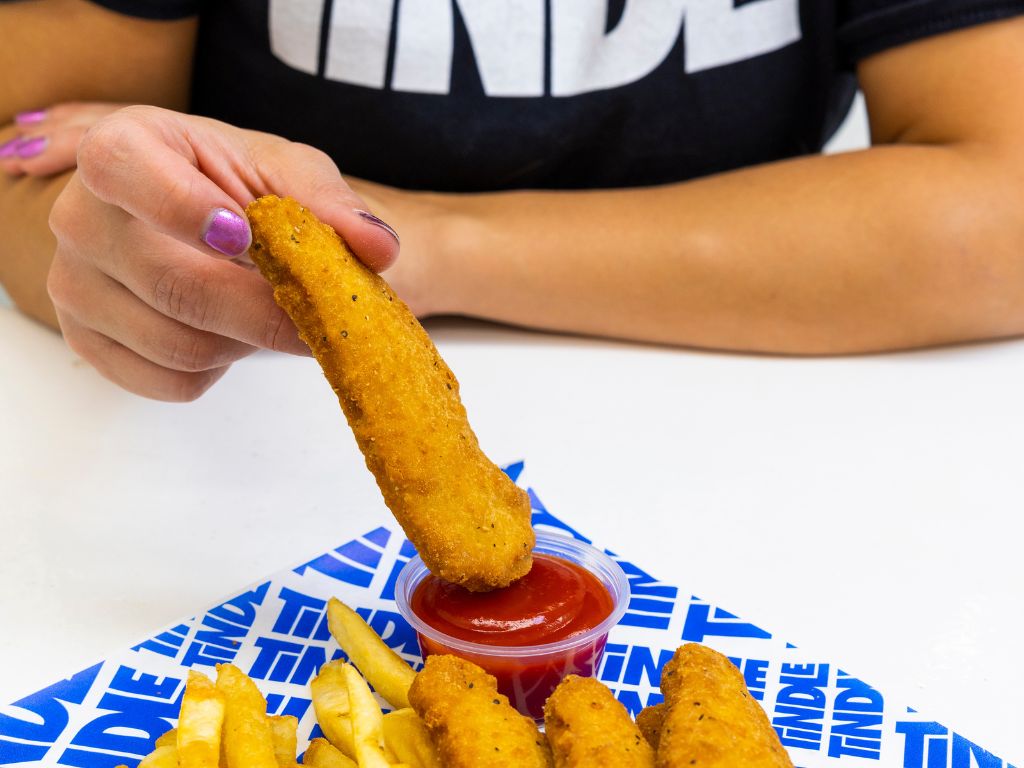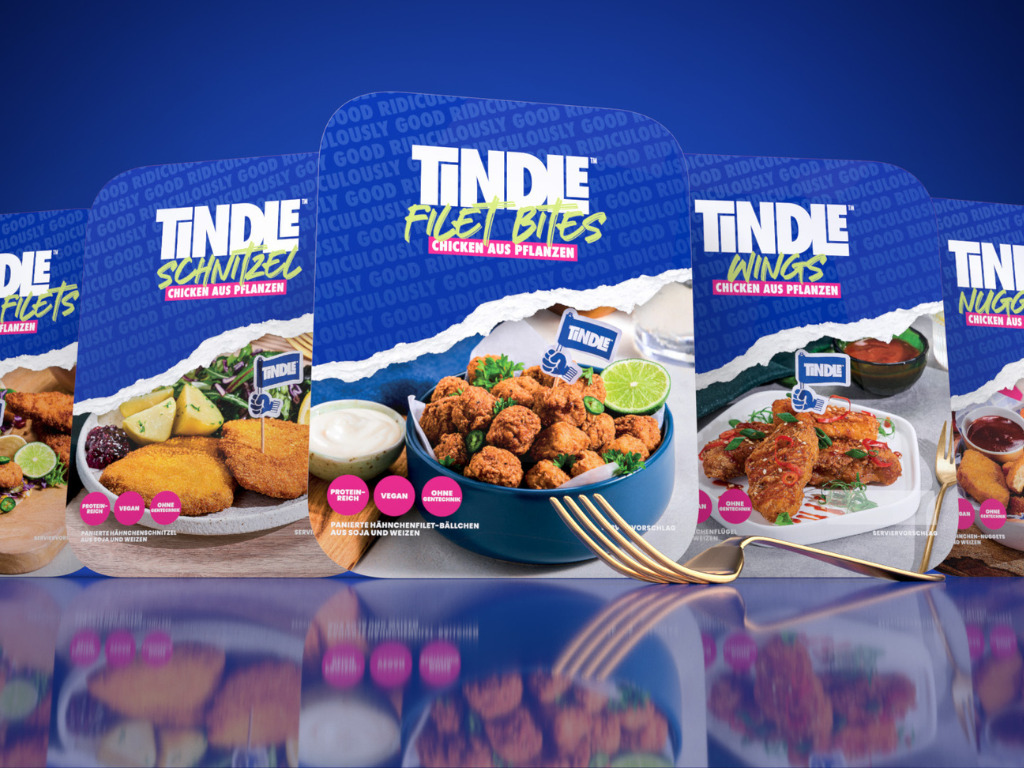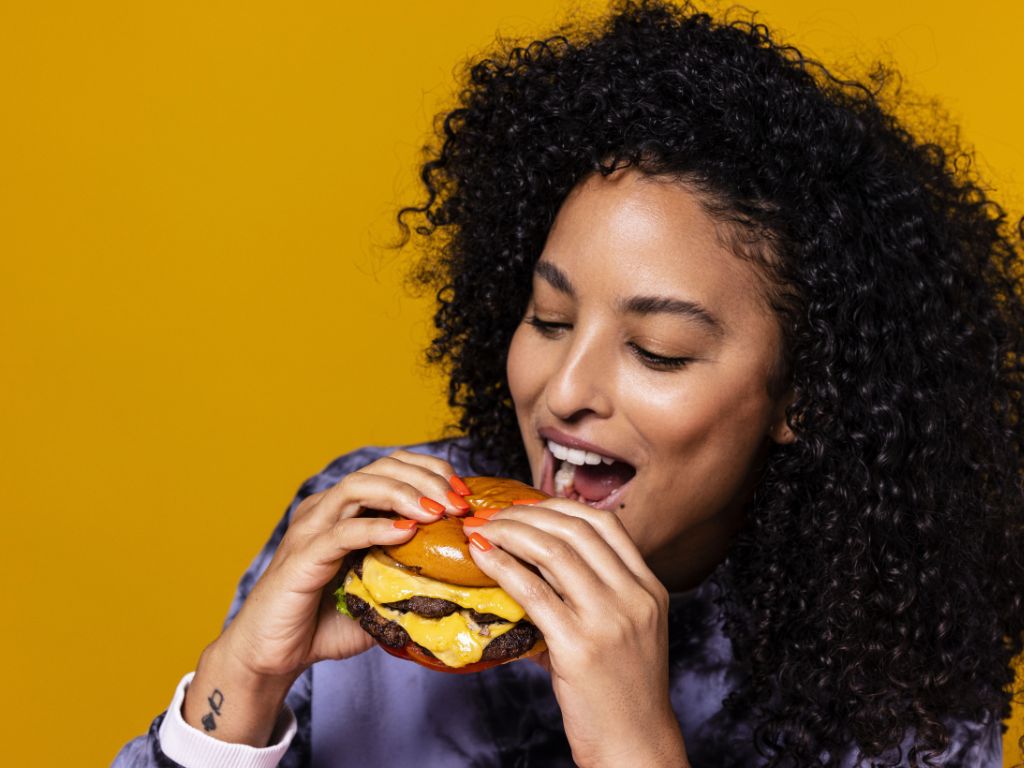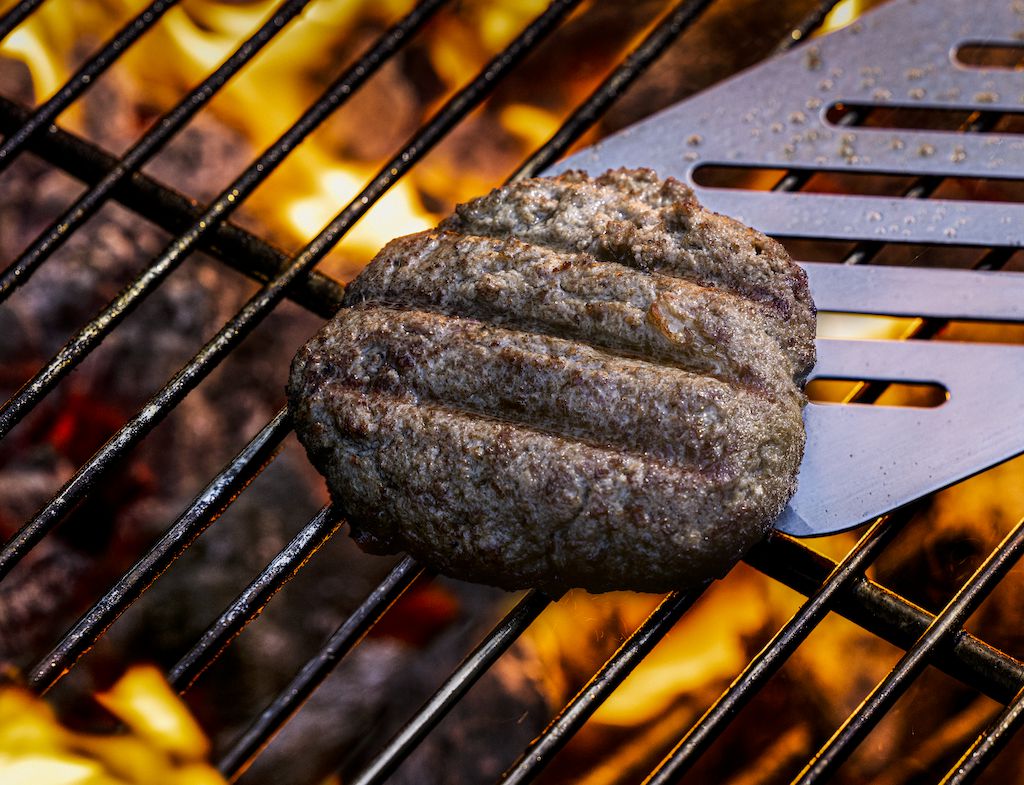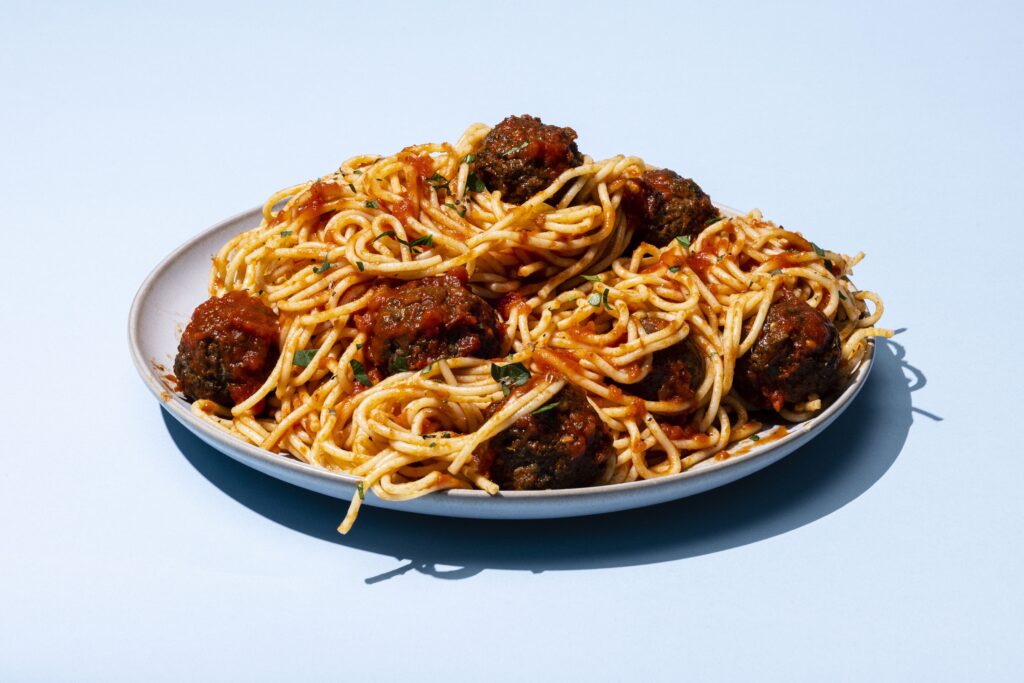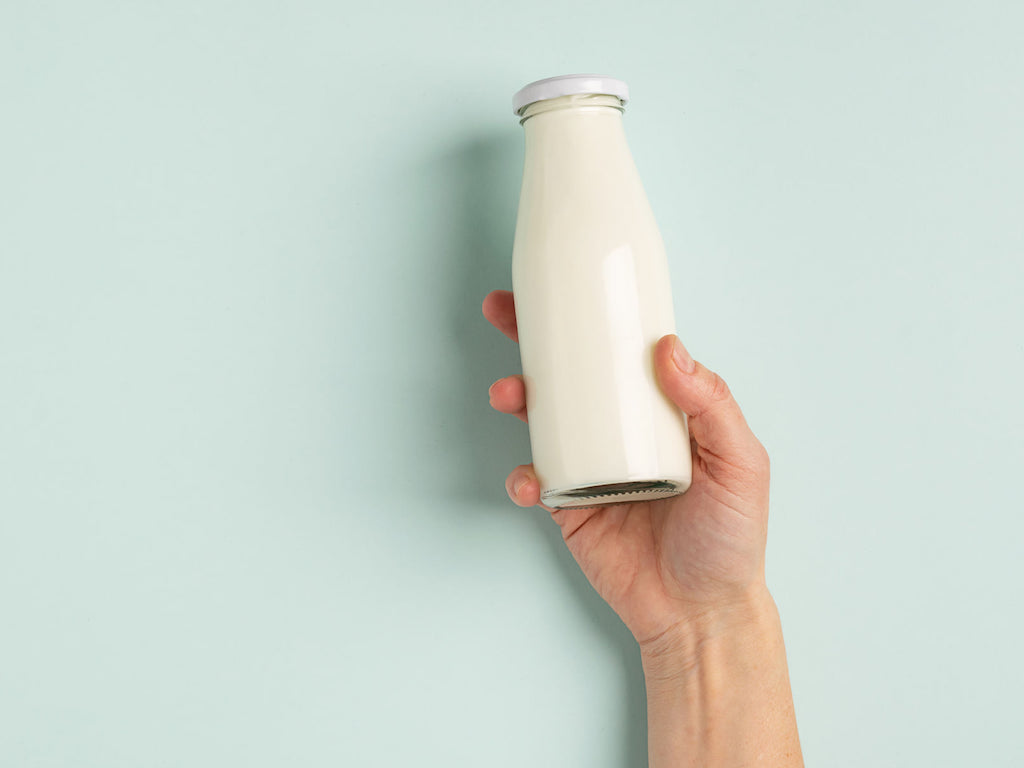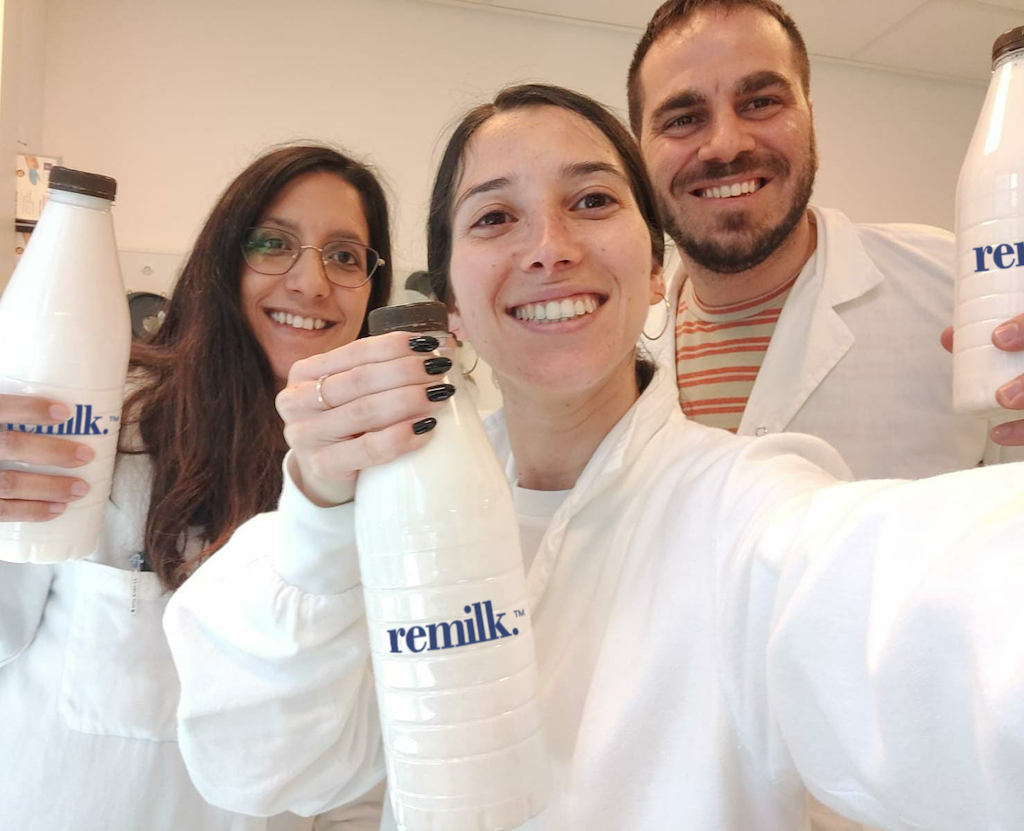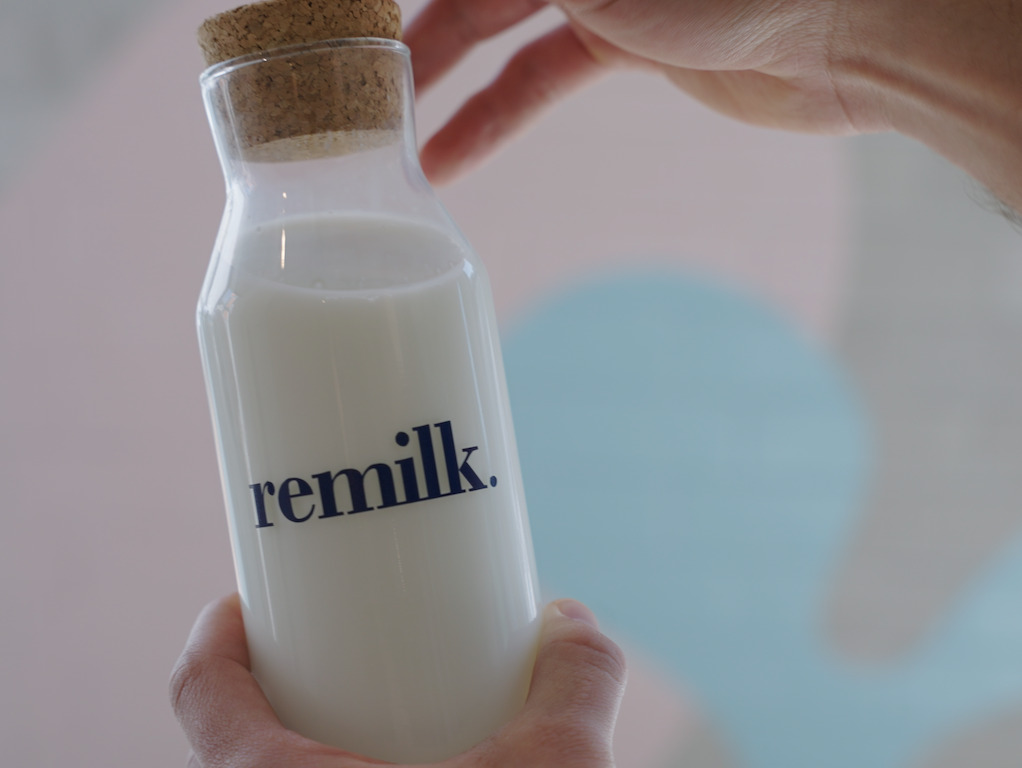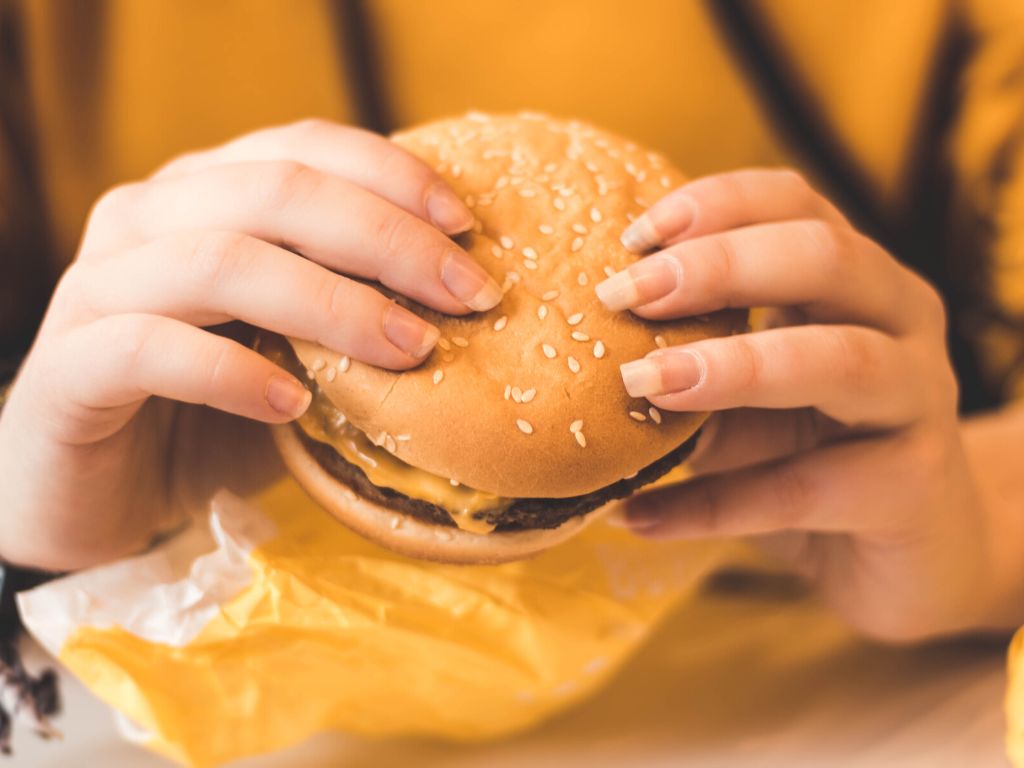
Australia’s national science agency, CSIRO, has published a comprehensive report proposing a major shift in Australia’s food production and consumption strategies to bolster the nation’s sustainability efforts.
The agency’s report, entitled “Reshaping Australian Food Systems” outlines five primary areas where Australia could forge a more resilient, productive, and sustainable food system. These are aligned with the challenges Australia currently faces, including climate change, rising costs, supply chain and workforce disruptions, growing demand, and public health issues related to nutrition.
The findings
According to the report, Australia is ideally placed to become a global leader in alternative protein markets, including plant-based meats and cell-cultivation products, leading to a reduction in emissions.
Australia’s food industry, which safely feeds approximately 75 million people domestically and abroad, serves as a major economic engine and job creator. But to ensure a thriving future, the roadmap asserts that the nation must redefine its approach to food systems.
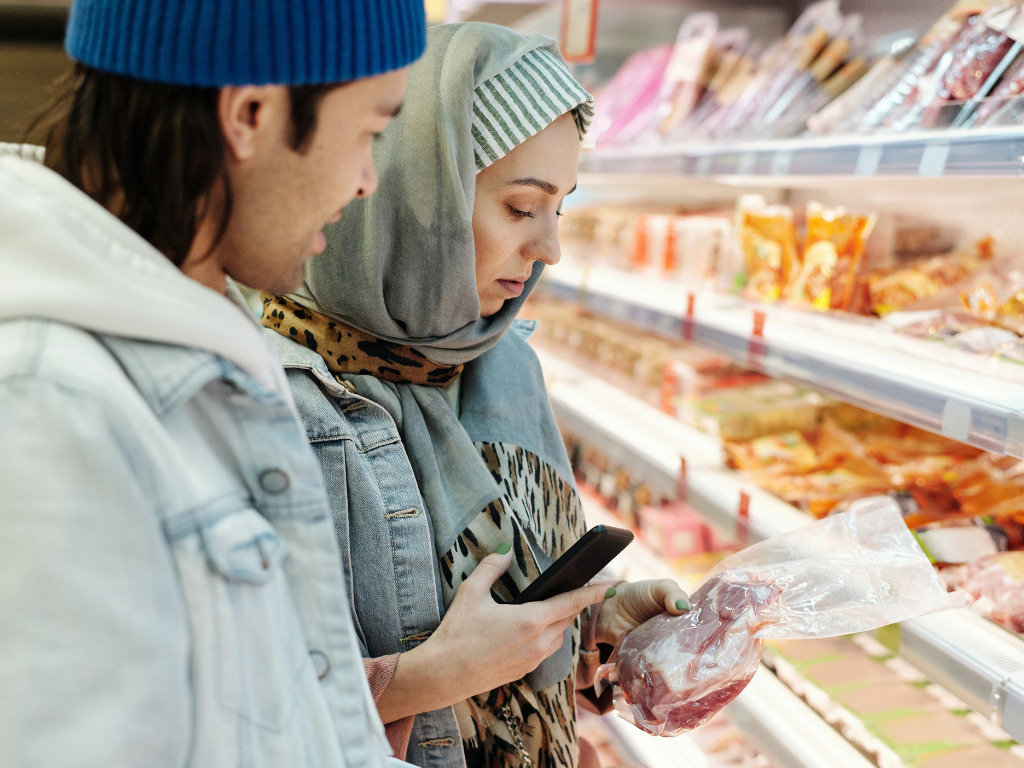
The specific areas of focus include promoting equitable access to healthy, sustainable diets, reducing waste while enhancing circularity, aiding Australia’s transition to net-zero emissions, aligning socio-economic resilience with environmental sustainability, and increasing productivity and value.
The report also emphasizes the role and potential of alternative proteins in lowering emissions from the agrifood sector and diversifying Australia’s food production and exports, thereby strengthening the country’s long-term economic outlook.
“Food systems are highly complex, impacting health, environment, climate, and energy domains, among others,” CSIRO says. “They contribute to greenhouse gas emissions, intensive production systems, land use change and deforestation, biodiversity loss, poor resource management, and pollution.
“At the same time these food systems are vulnerable to these changes themselves. Climate-induced risks reduce the ability of food systems to grow and produce, threatening food security and livelihoods. Despite this complex relationship, food systems have the potential to be a major lever to address interrelated challenges of environmental health, climate change, and human well-being,” the agency says.
Recommendations
By investing across these sectors, Australia could see improvements in environmental, economic, and public health arenas.
The roadmap identifies digitalization as a crucial component, supporting efforts such as process optimization, mapping, modeling, and forecasting, and it underscores the importance of traceability, ensuring product origin verification, and protecting brand reputations.

The roadmap further advocates for solutions rooted in local communities, emphasizing the need to consider cultural diversity, socio-economic disparities, and Indigenous knowledge. Recognizing the wealth of knowledge contained within Indigenous systems of plant, animal, and land management, the roadmap encourages avenues for Indigenous leadership within Australia’s food systems.
“Change is possible across all sectors of Australia’s food system, but significant collaboration and coordination will be necessary to achieve it,” CSIRO says. “Our Roadmap highlights the need for collective engagement and actions underpinned by systems-based thinking.”
As part of the initiative, a collaboration with The University of Queensland has established the Food System Horizons, aiming to advance discussions and build capacity to manage change processes. “Together we can shift Australia’s food systems to be more sustainable, productive, and resilient,” CSIRO says.
The post Rethinking Australia’s Food System As a Path to Sustainability first appeared on Green Queen.
The post Rethinking Australia’s Food System As a Path to Sustainability appeared first on Green Queen.
This post was originally published on Green Queen.
